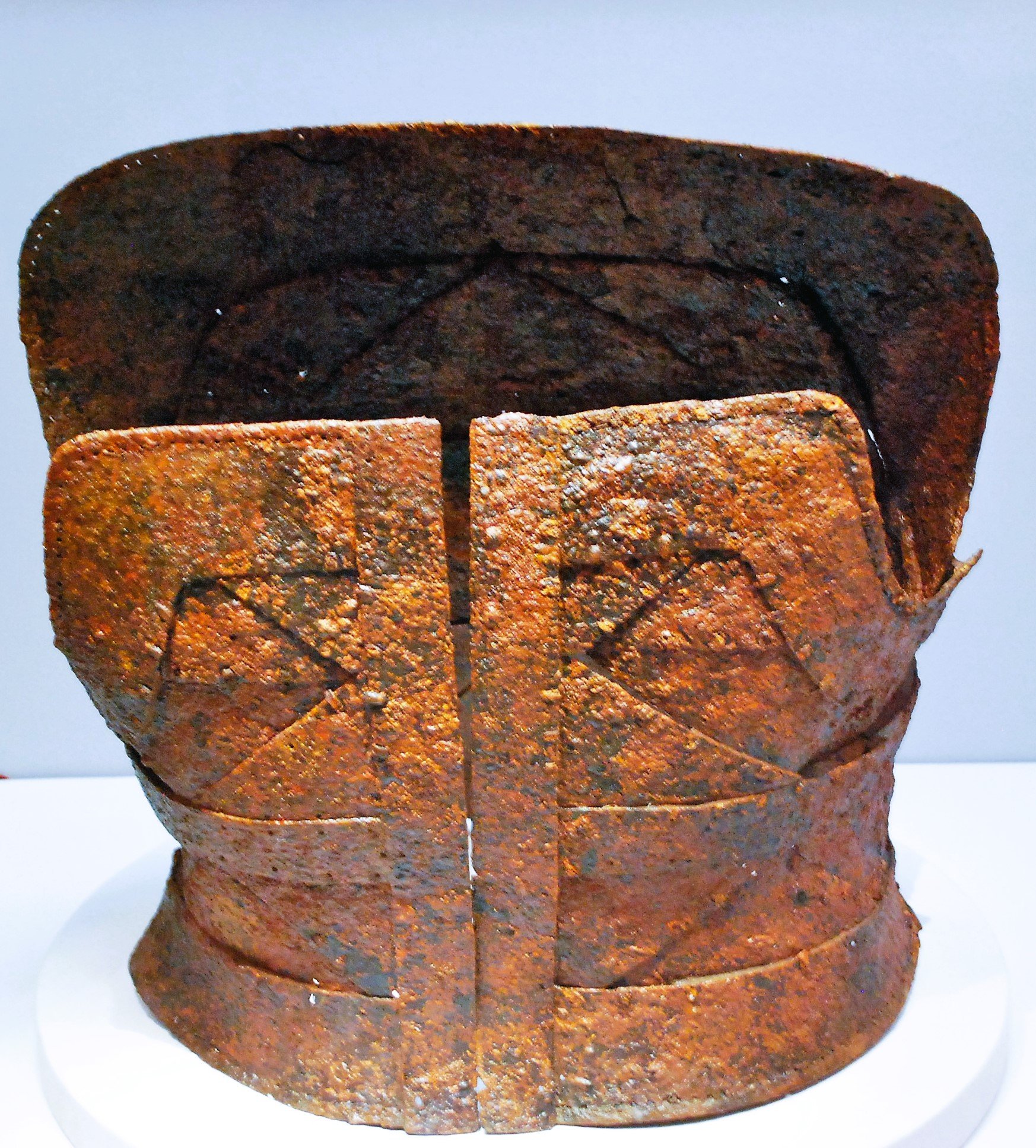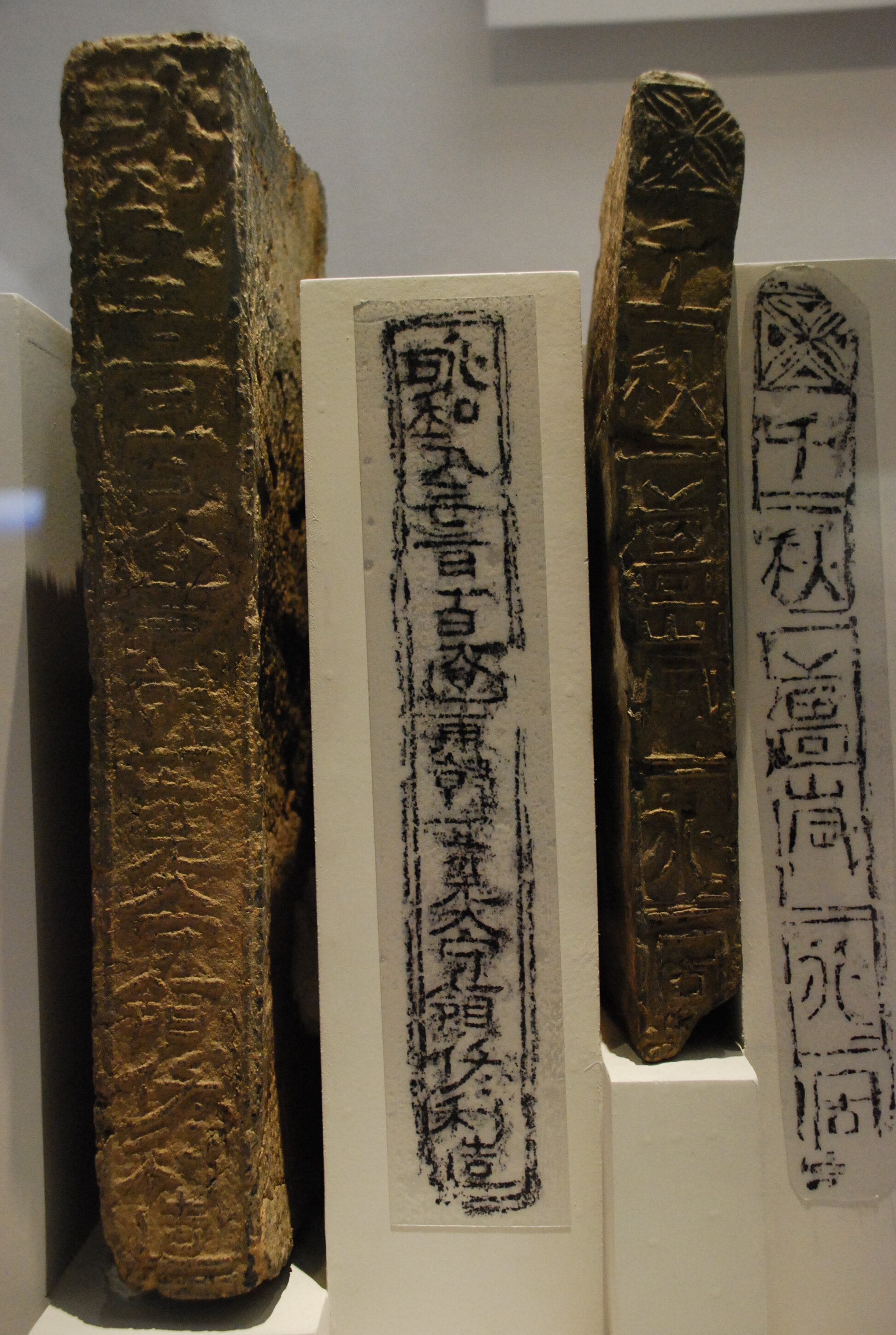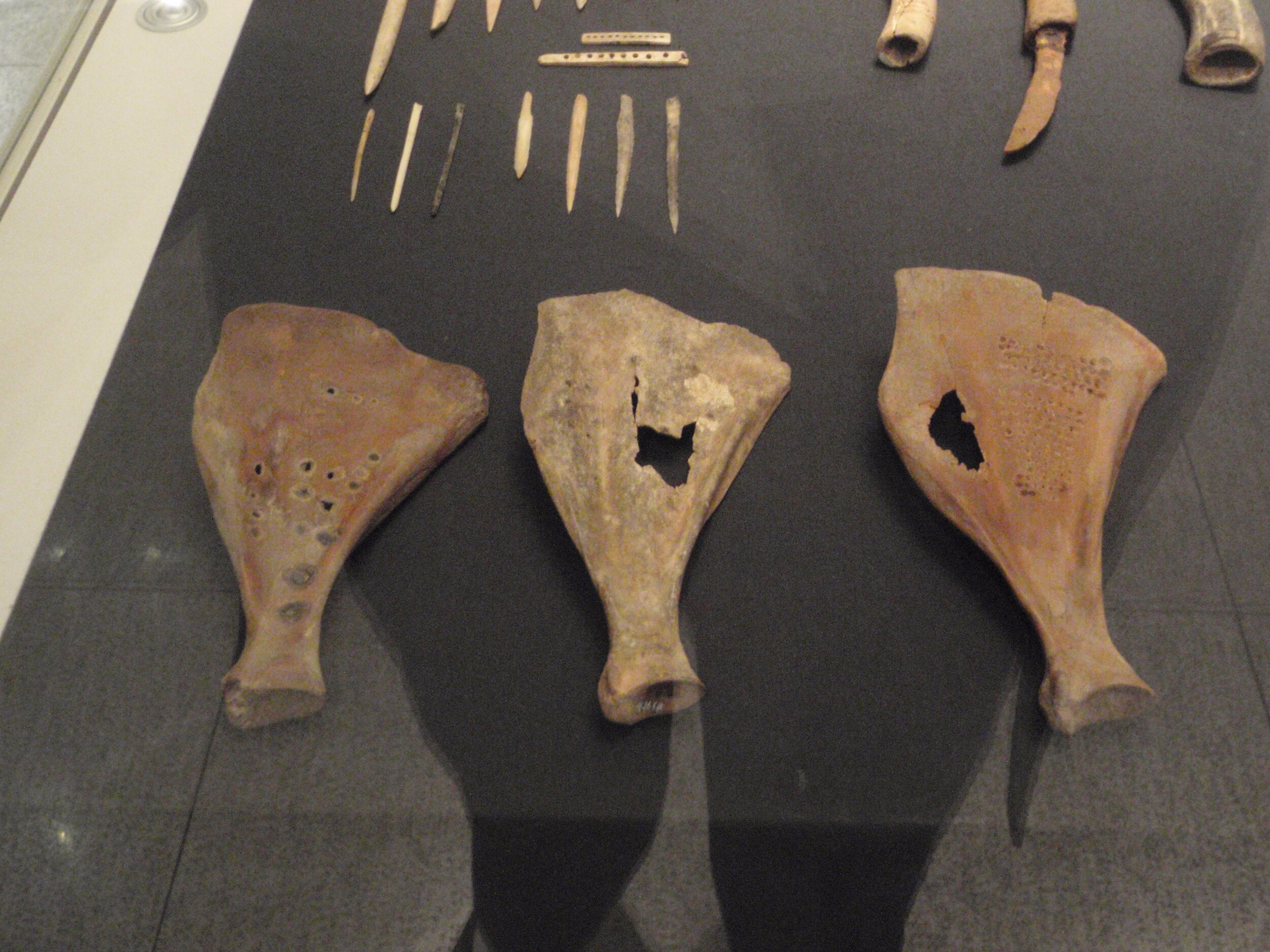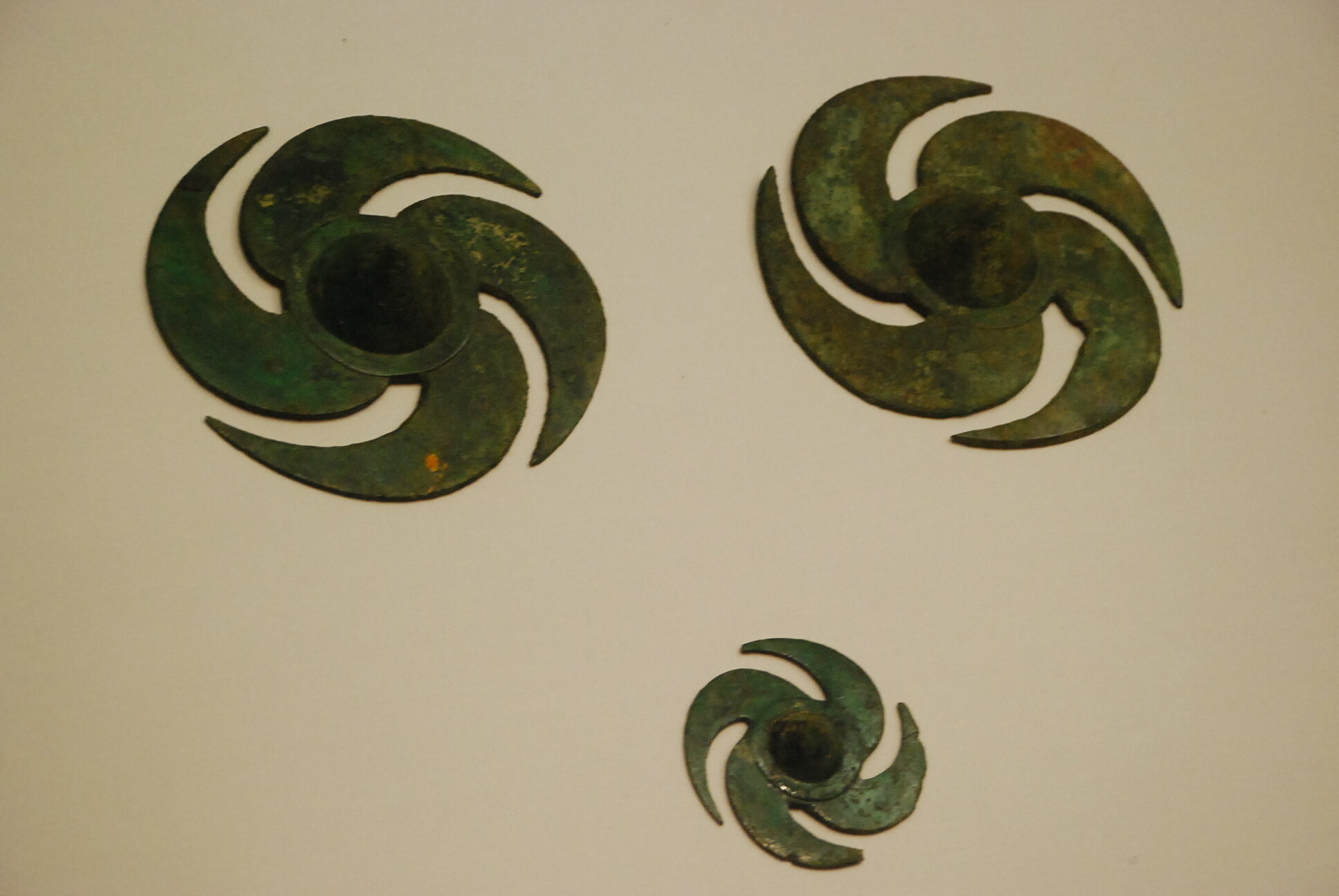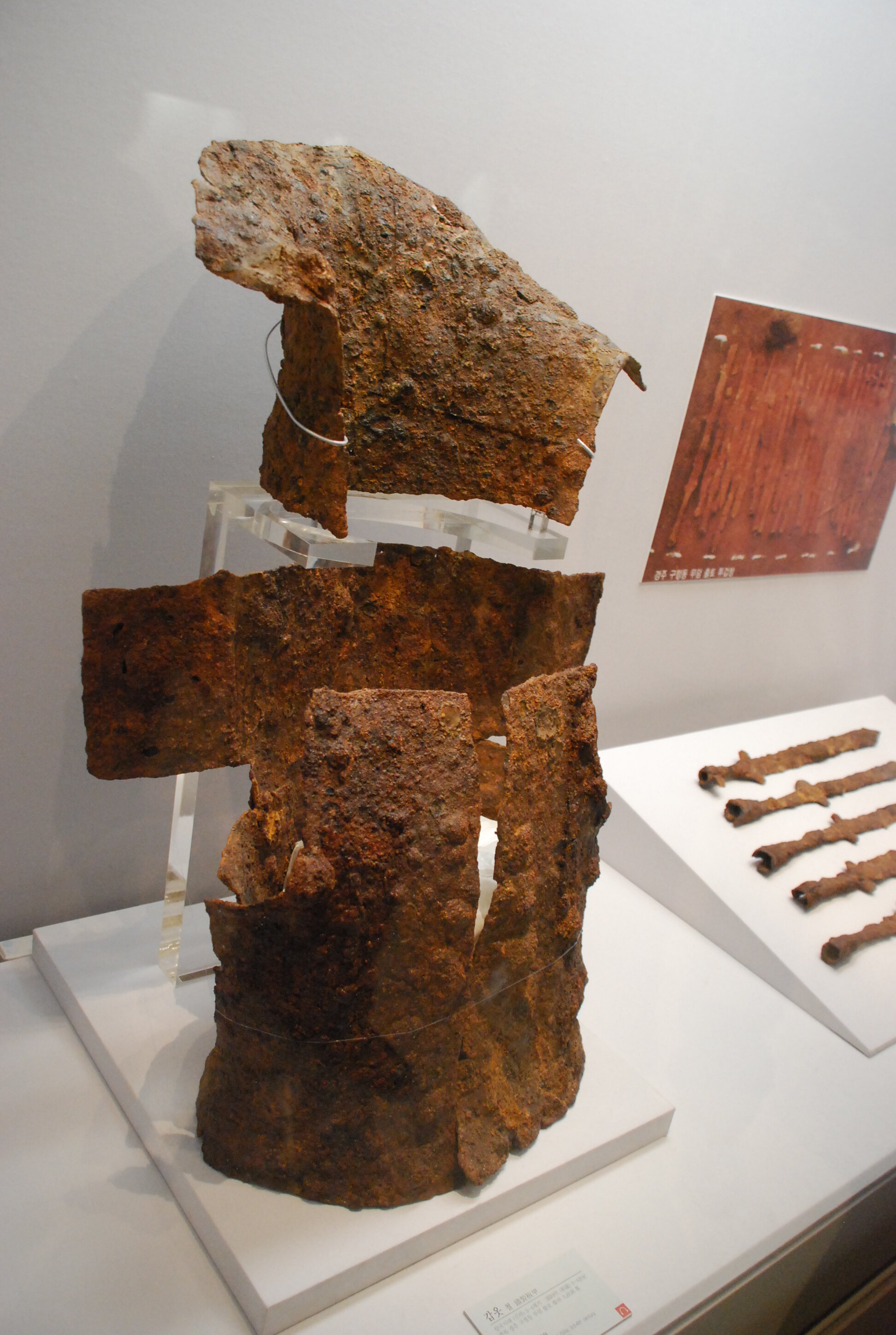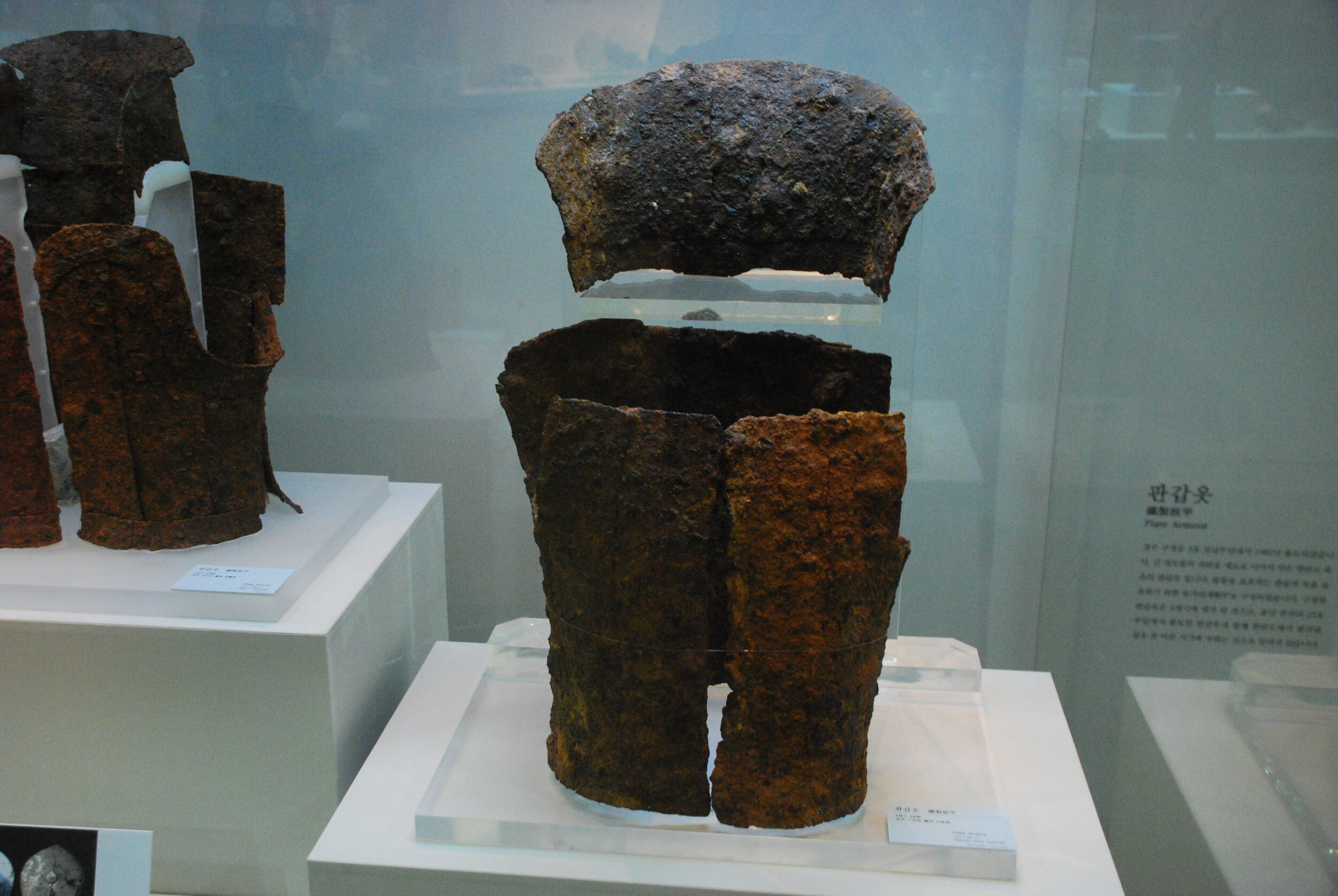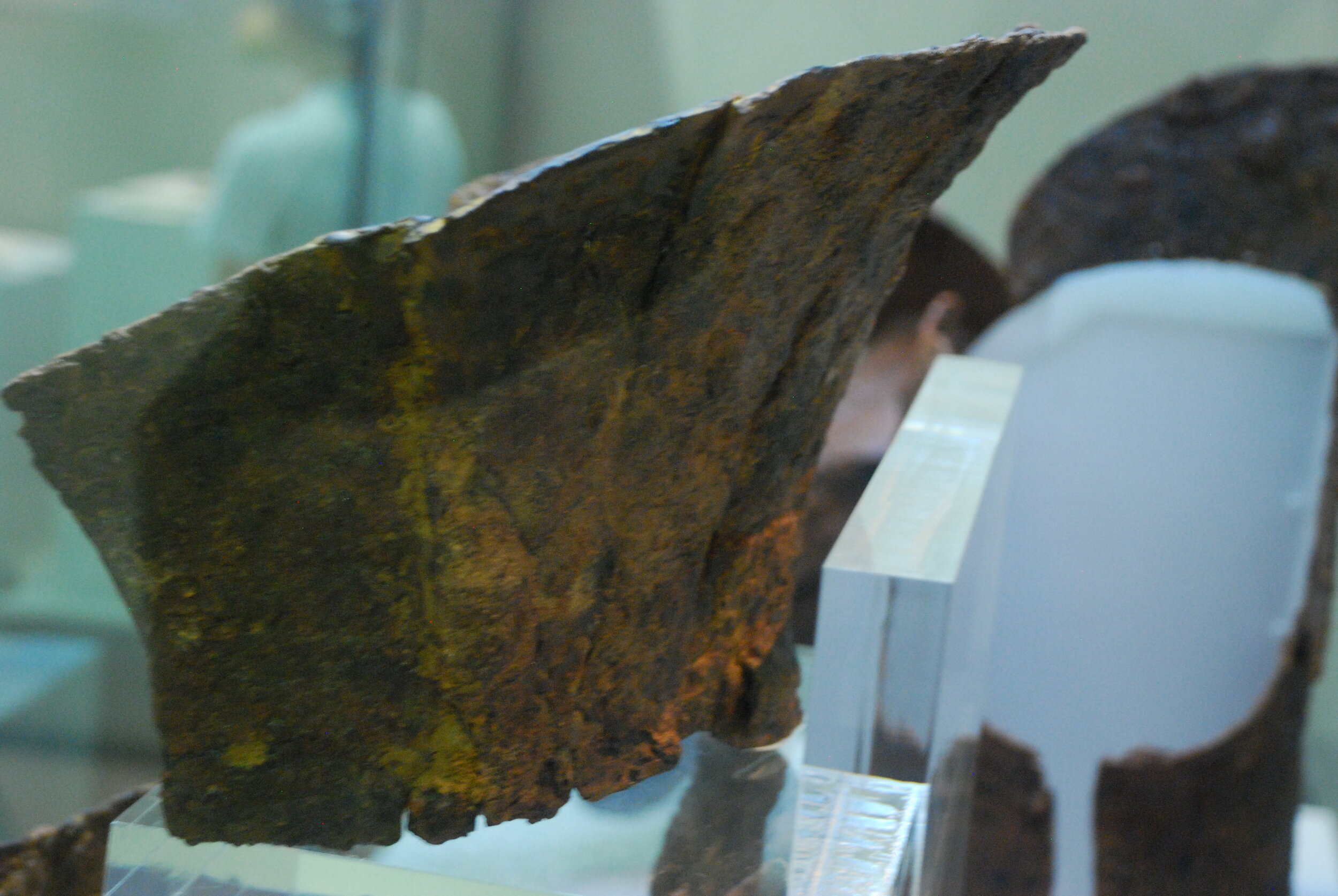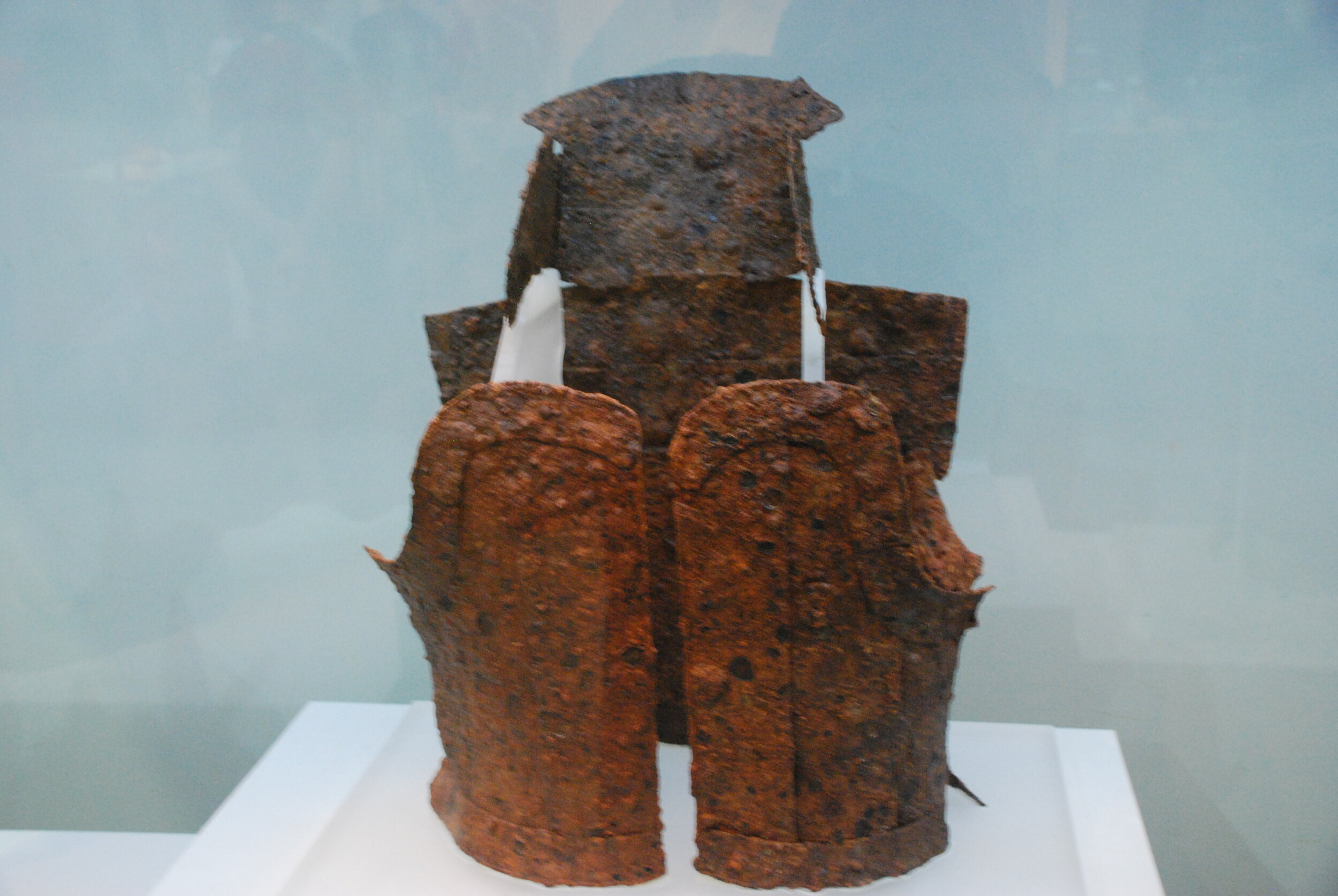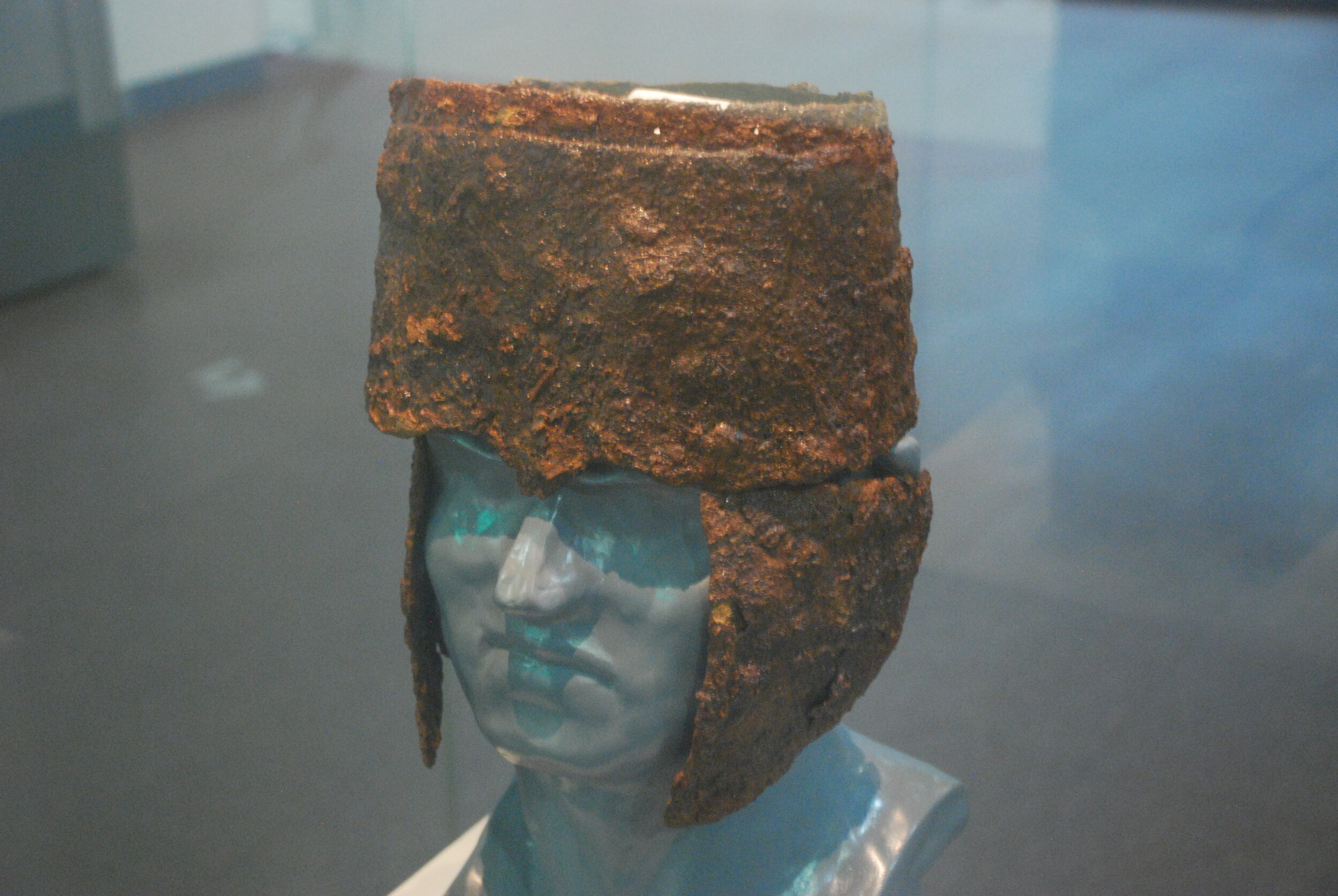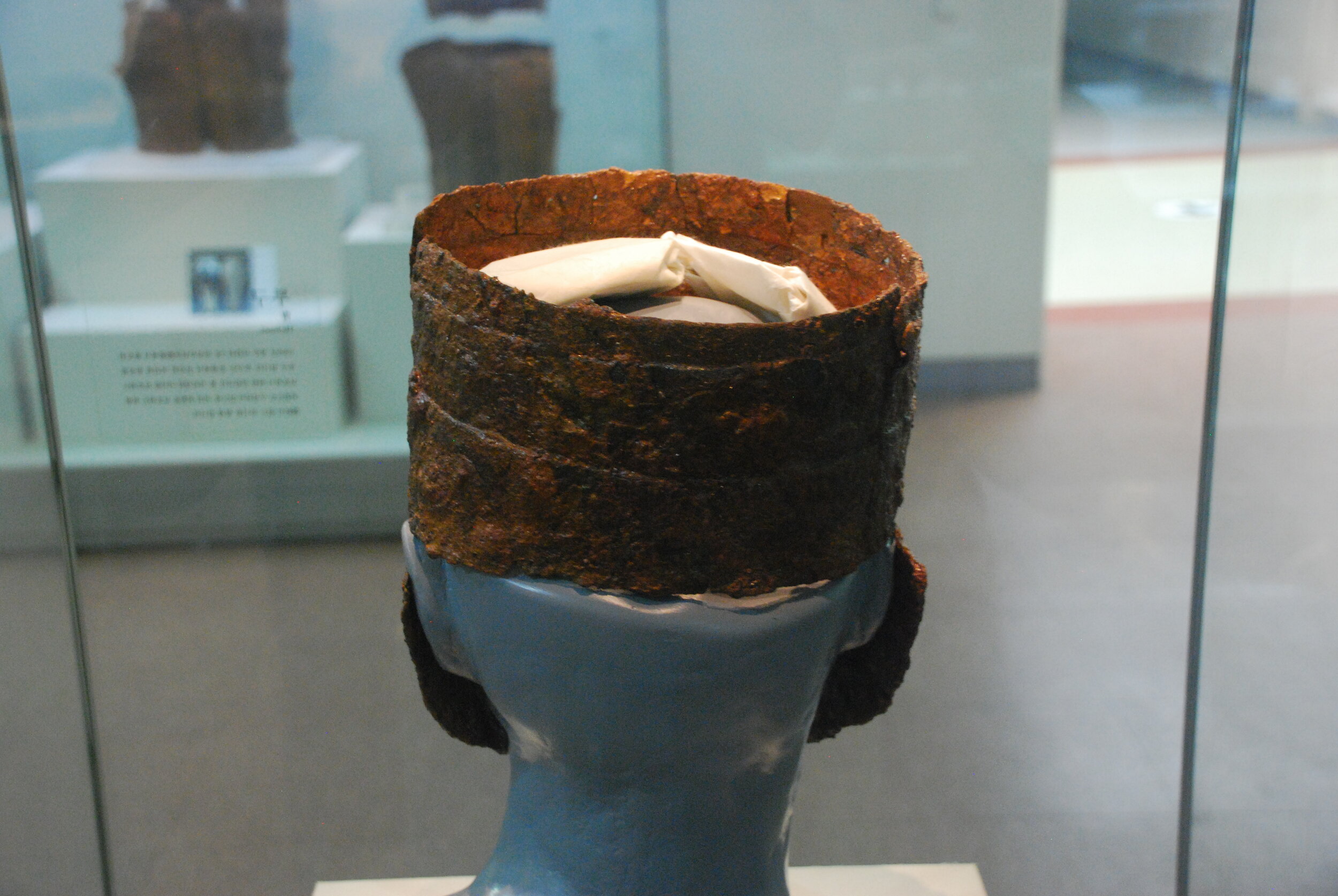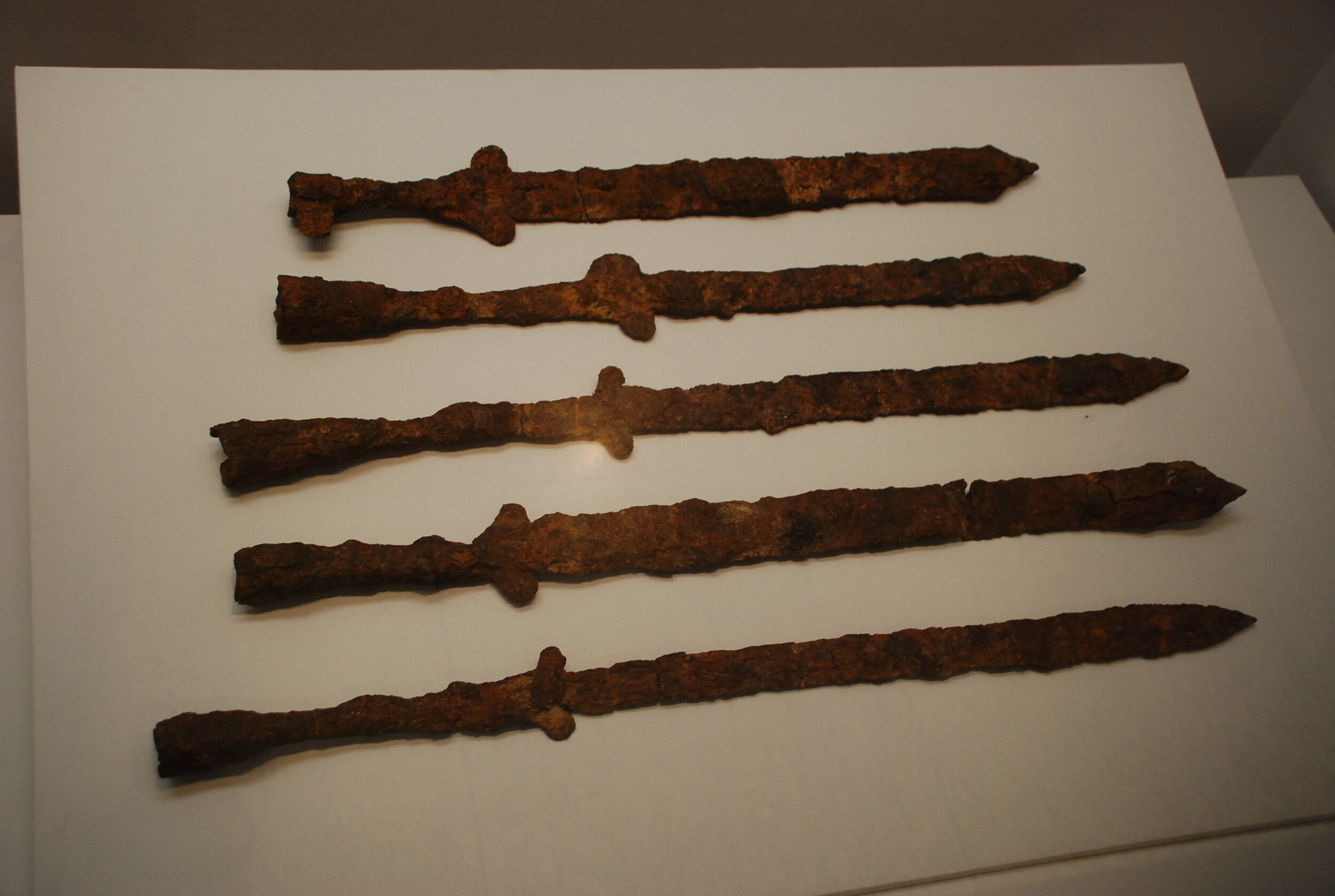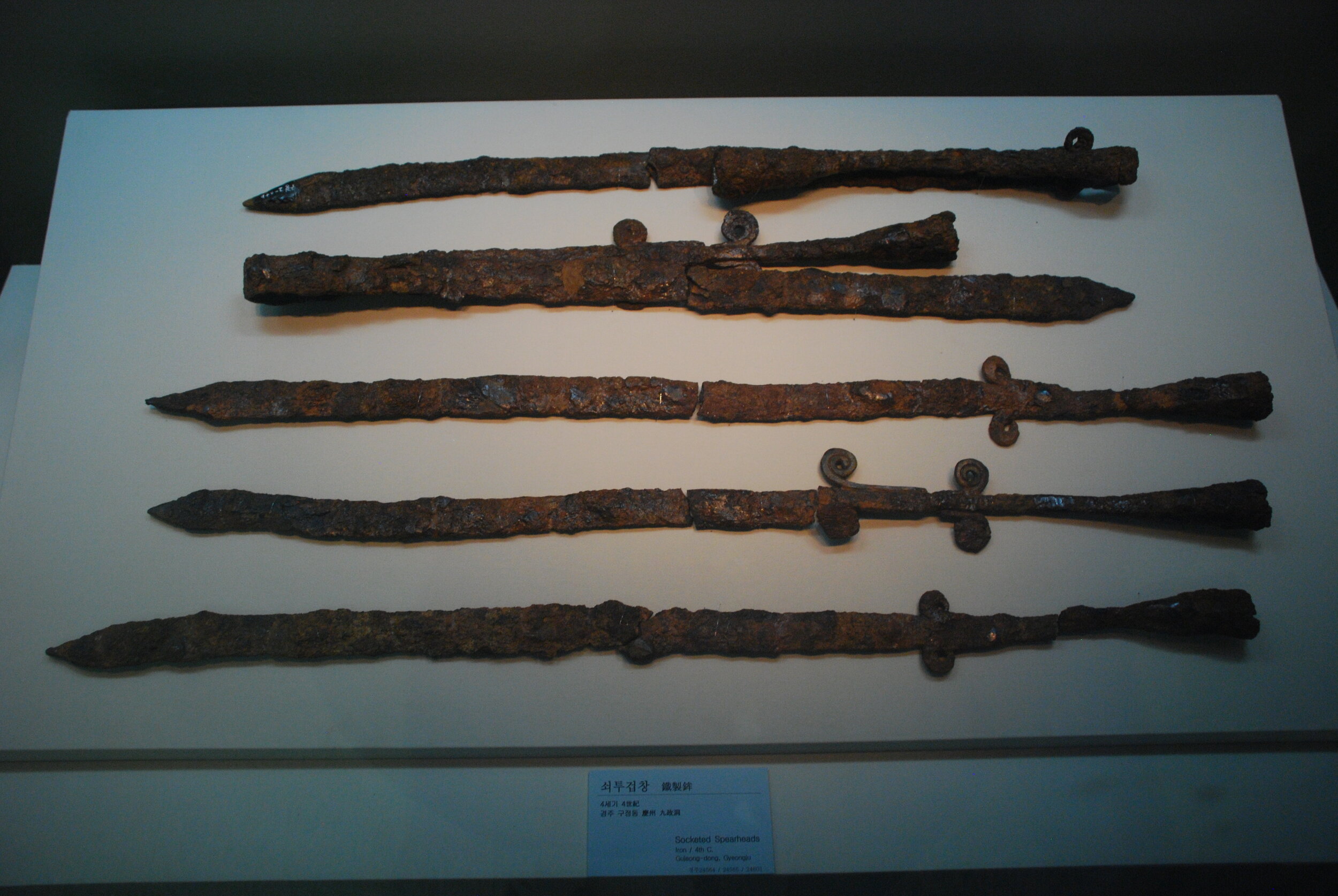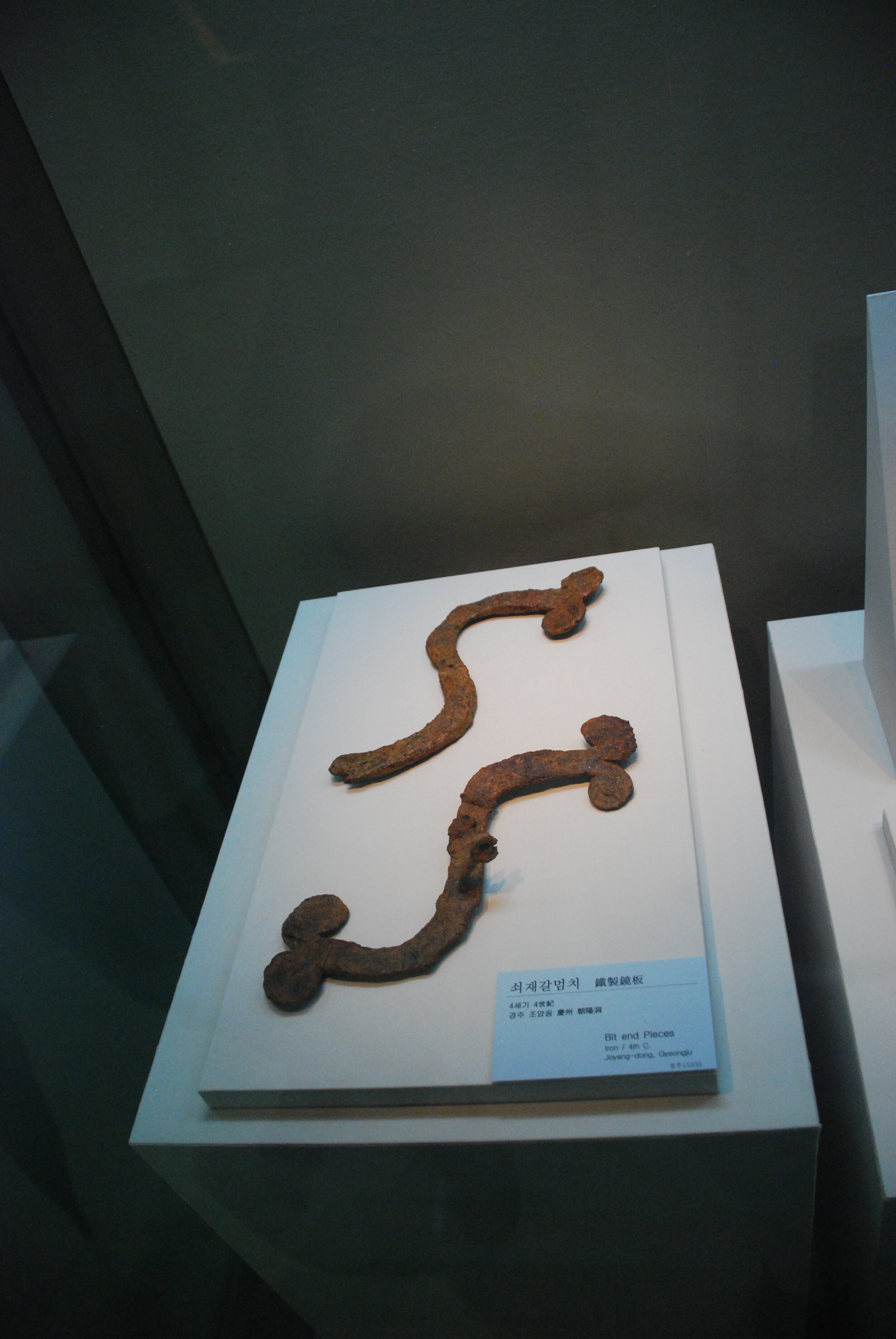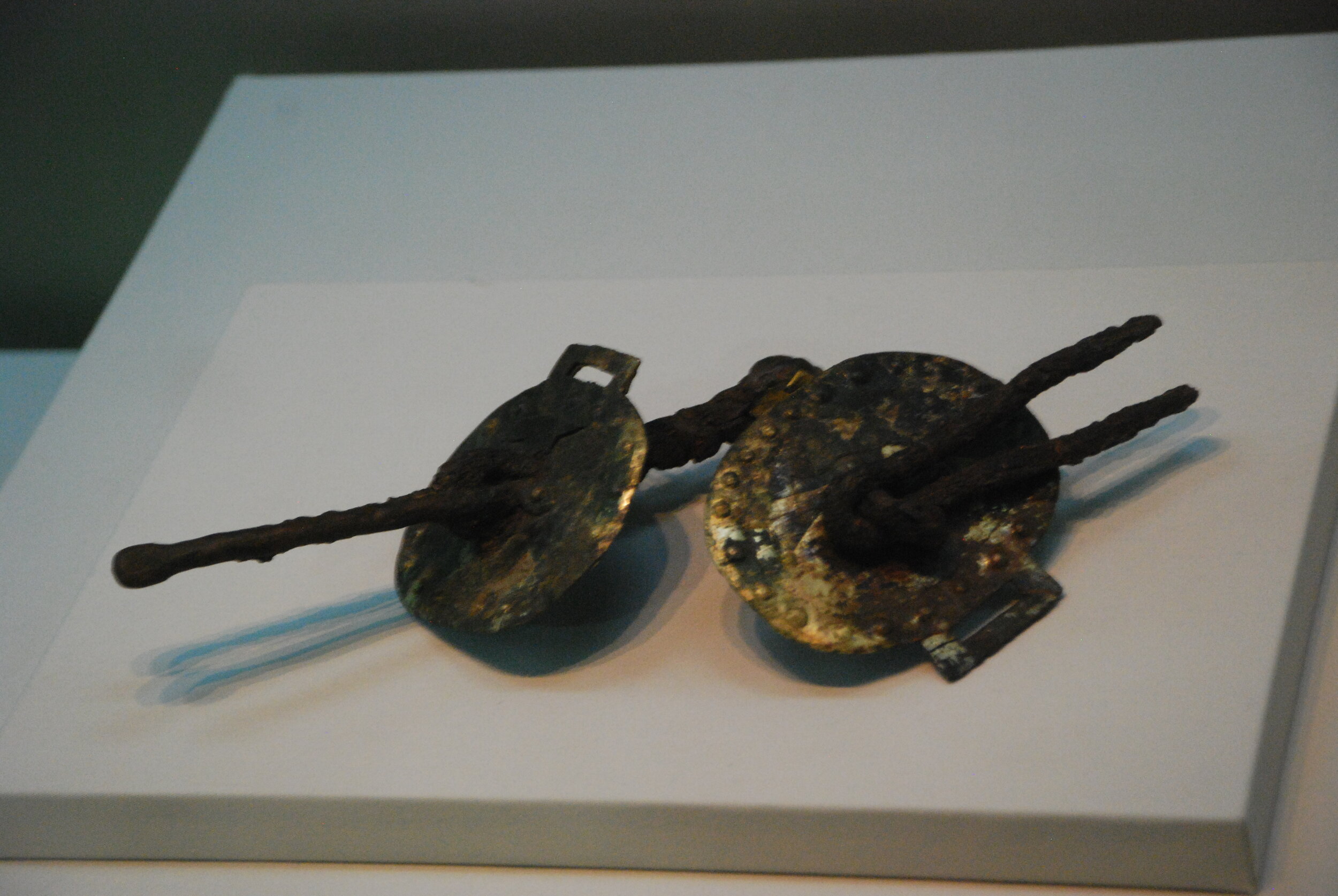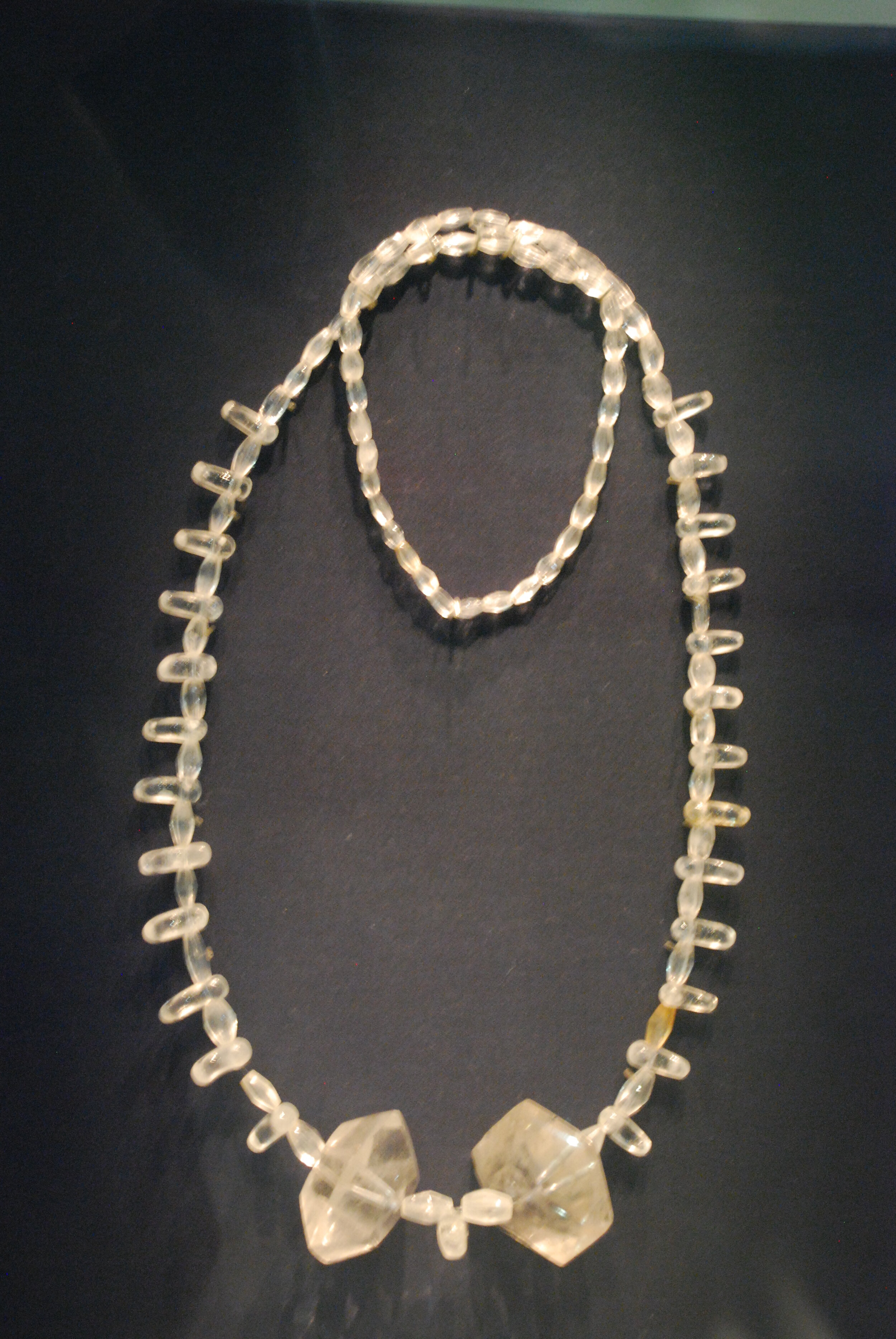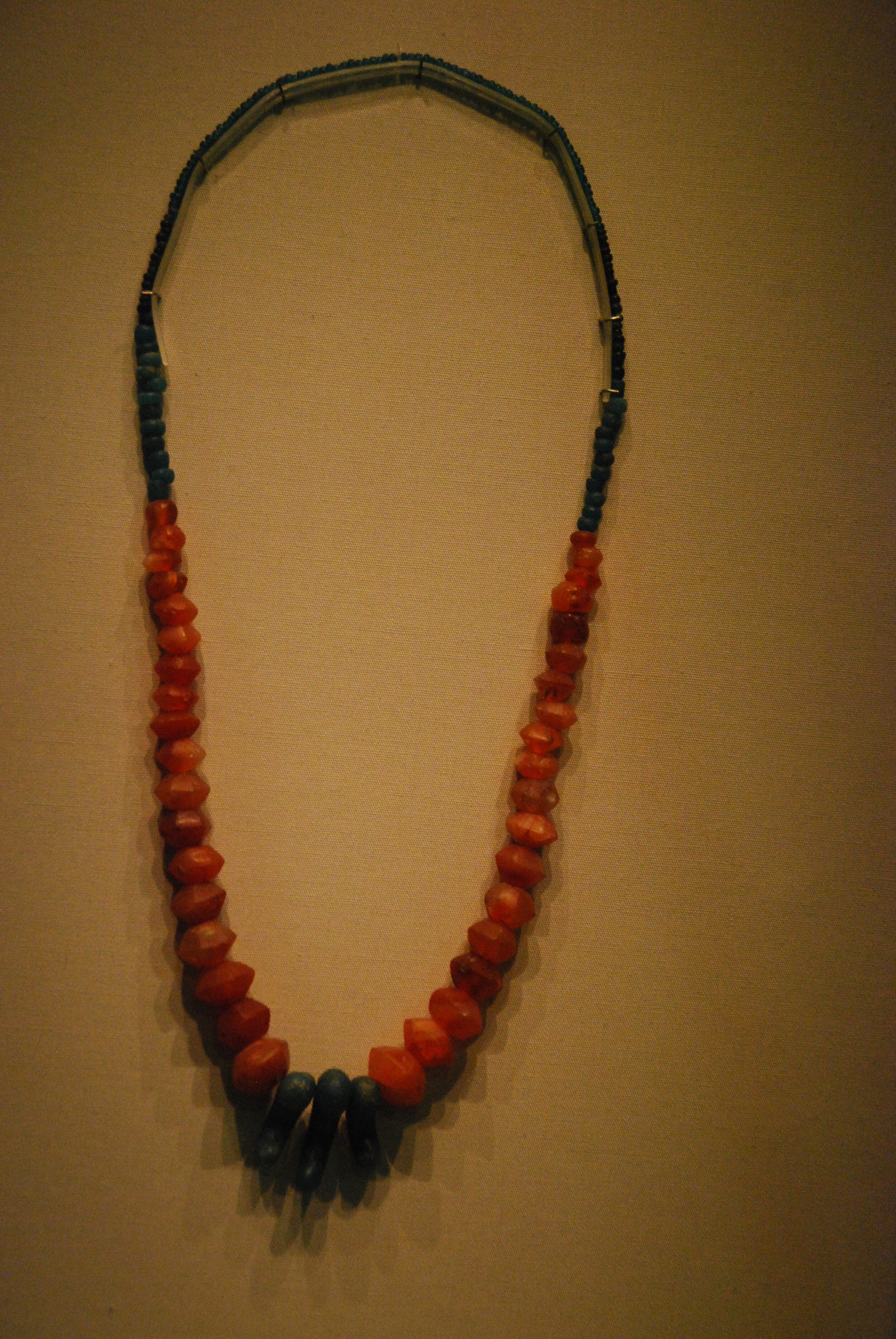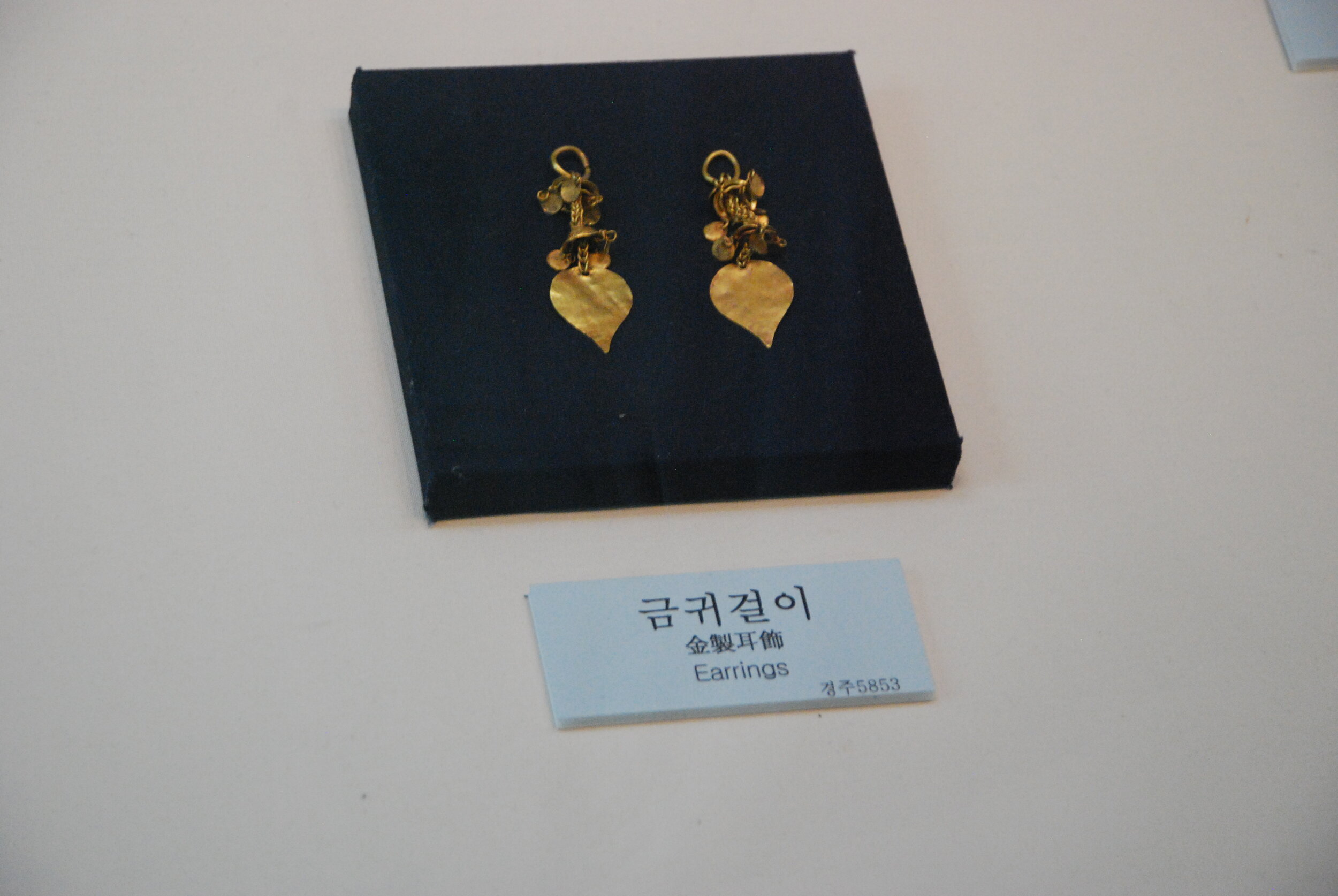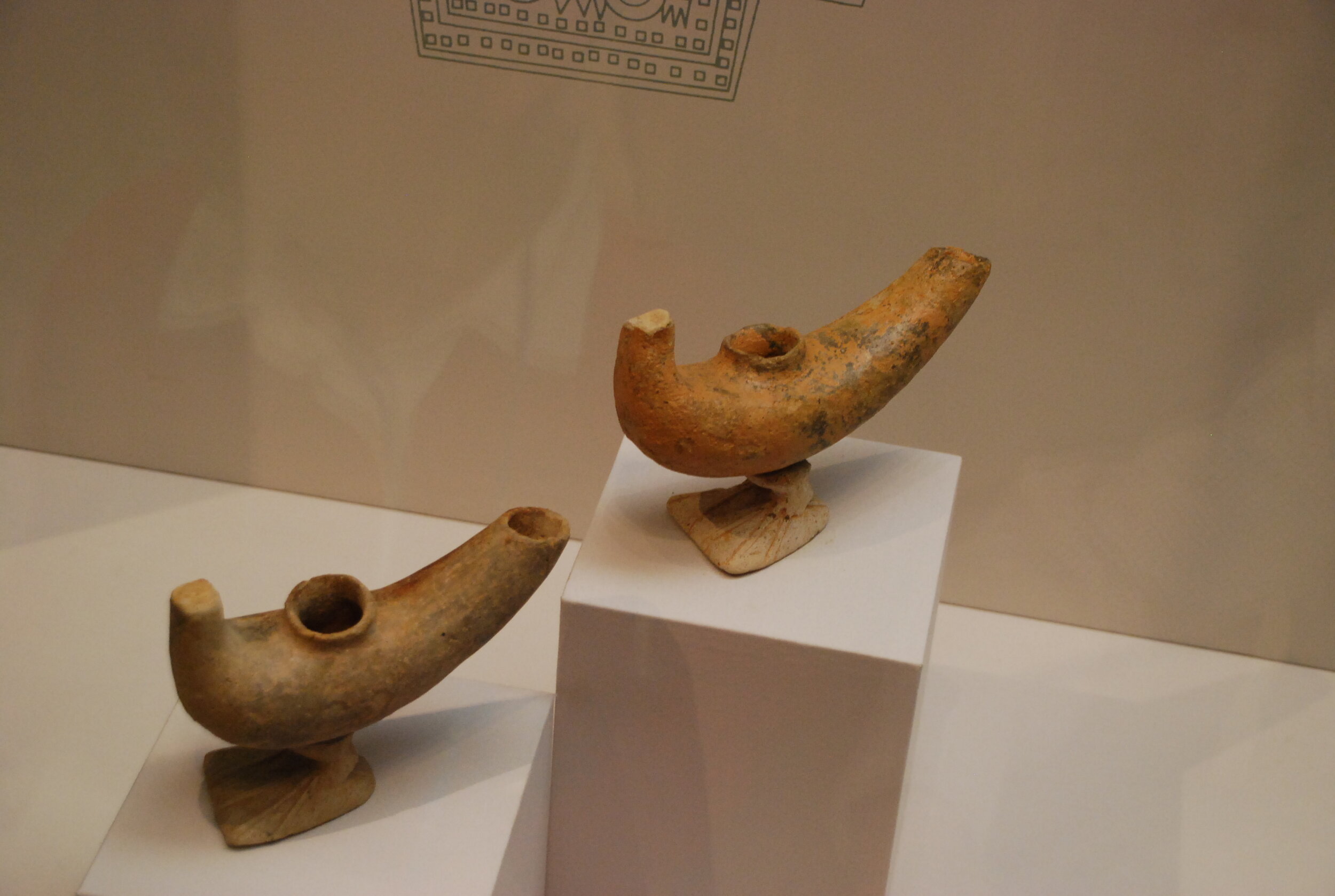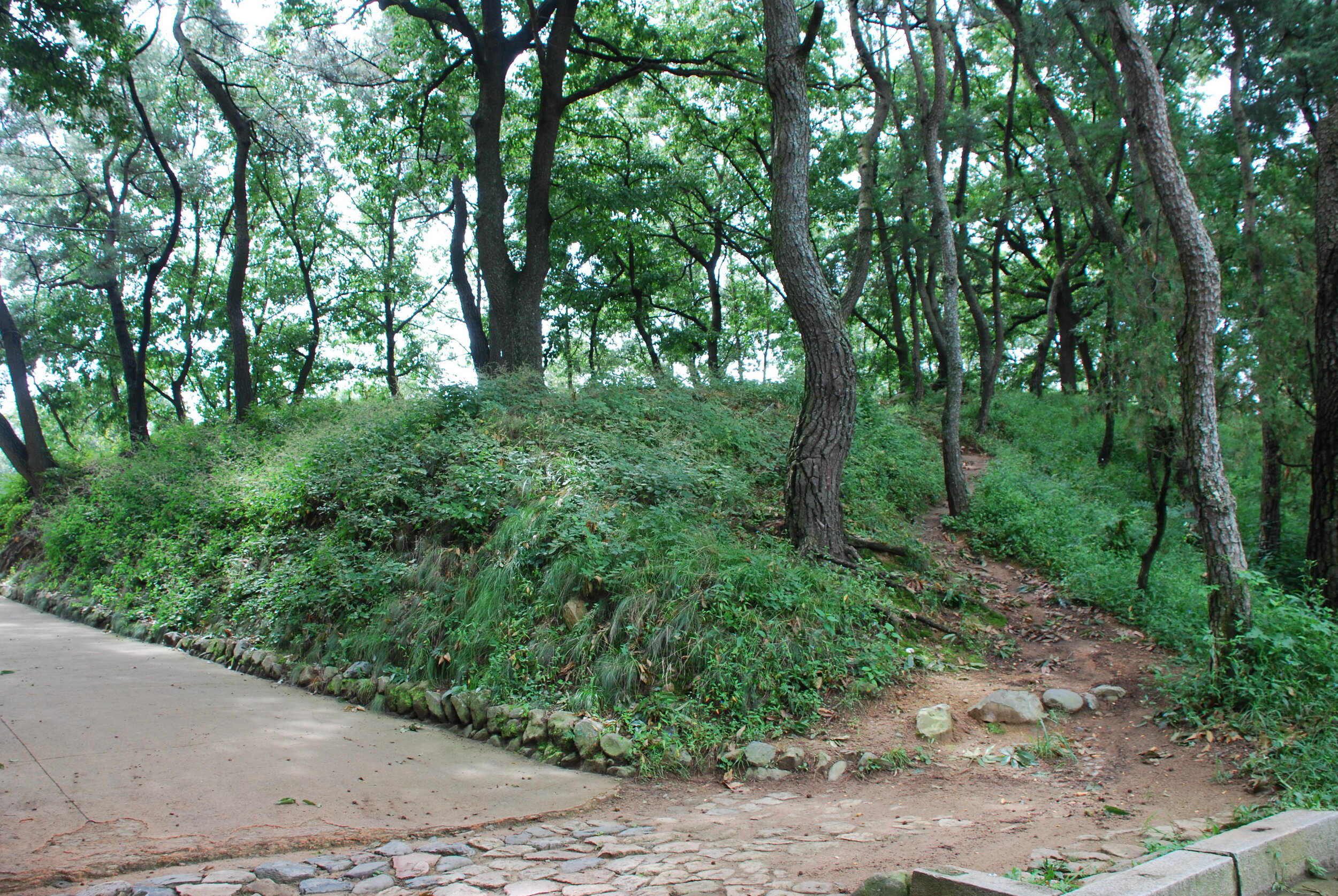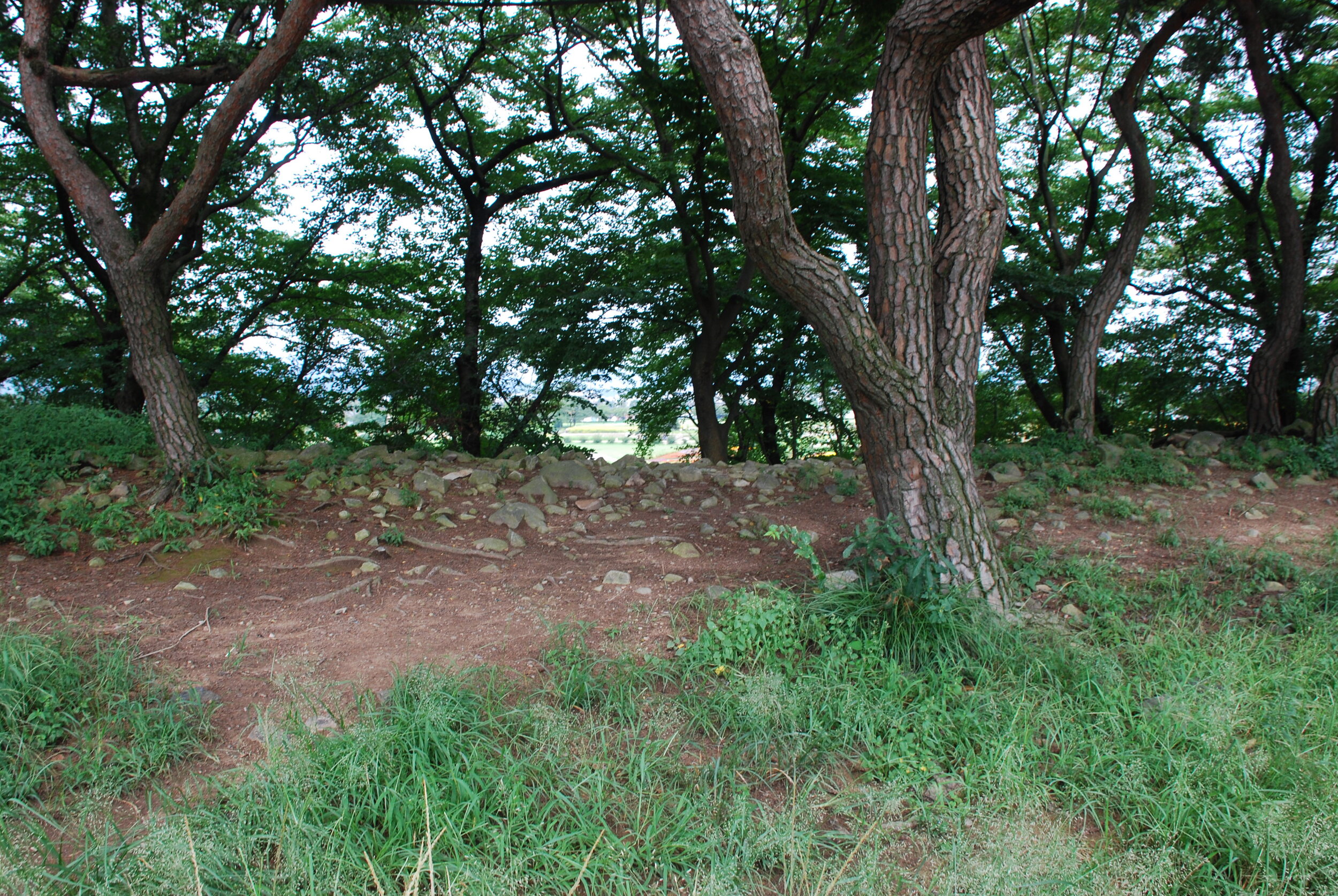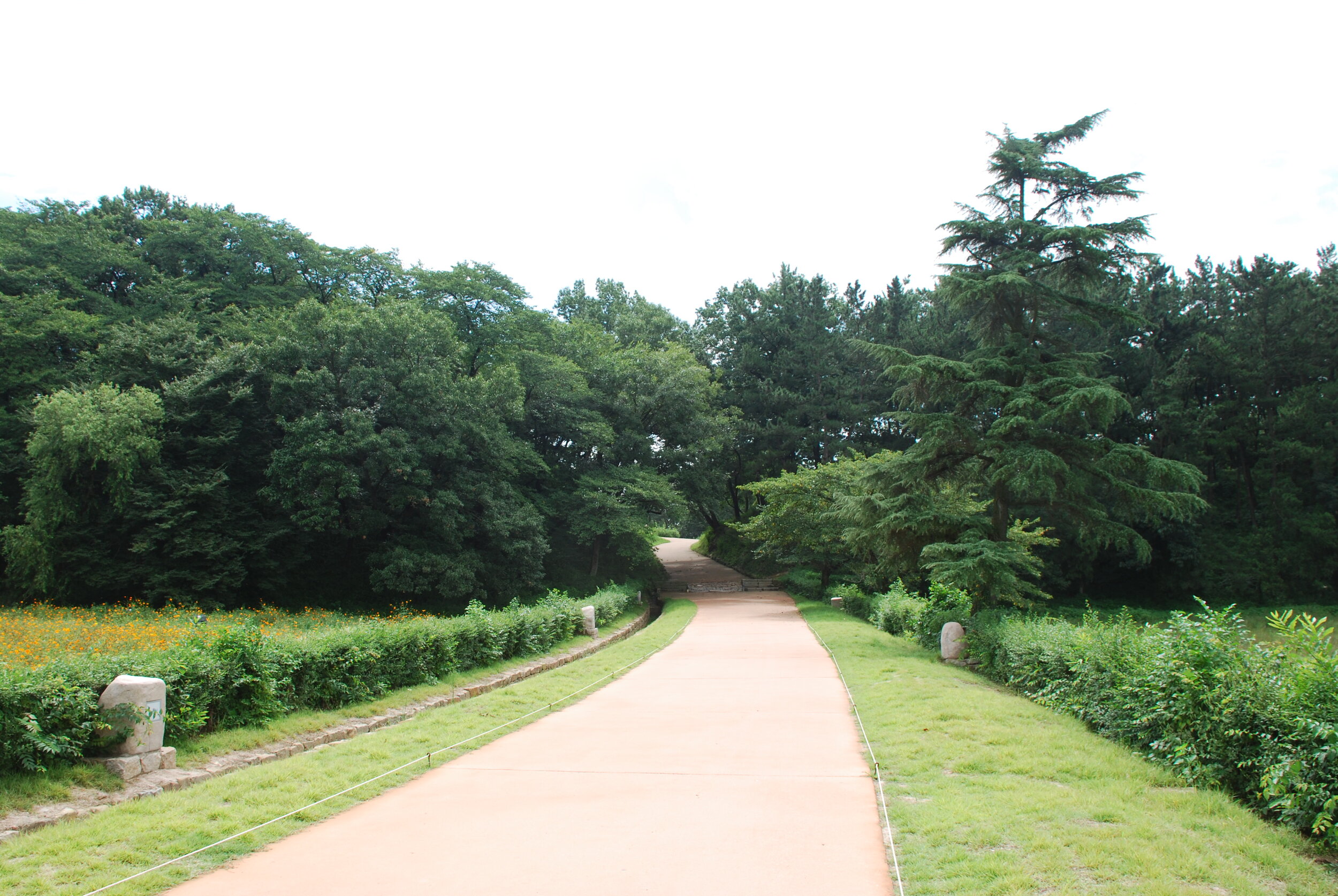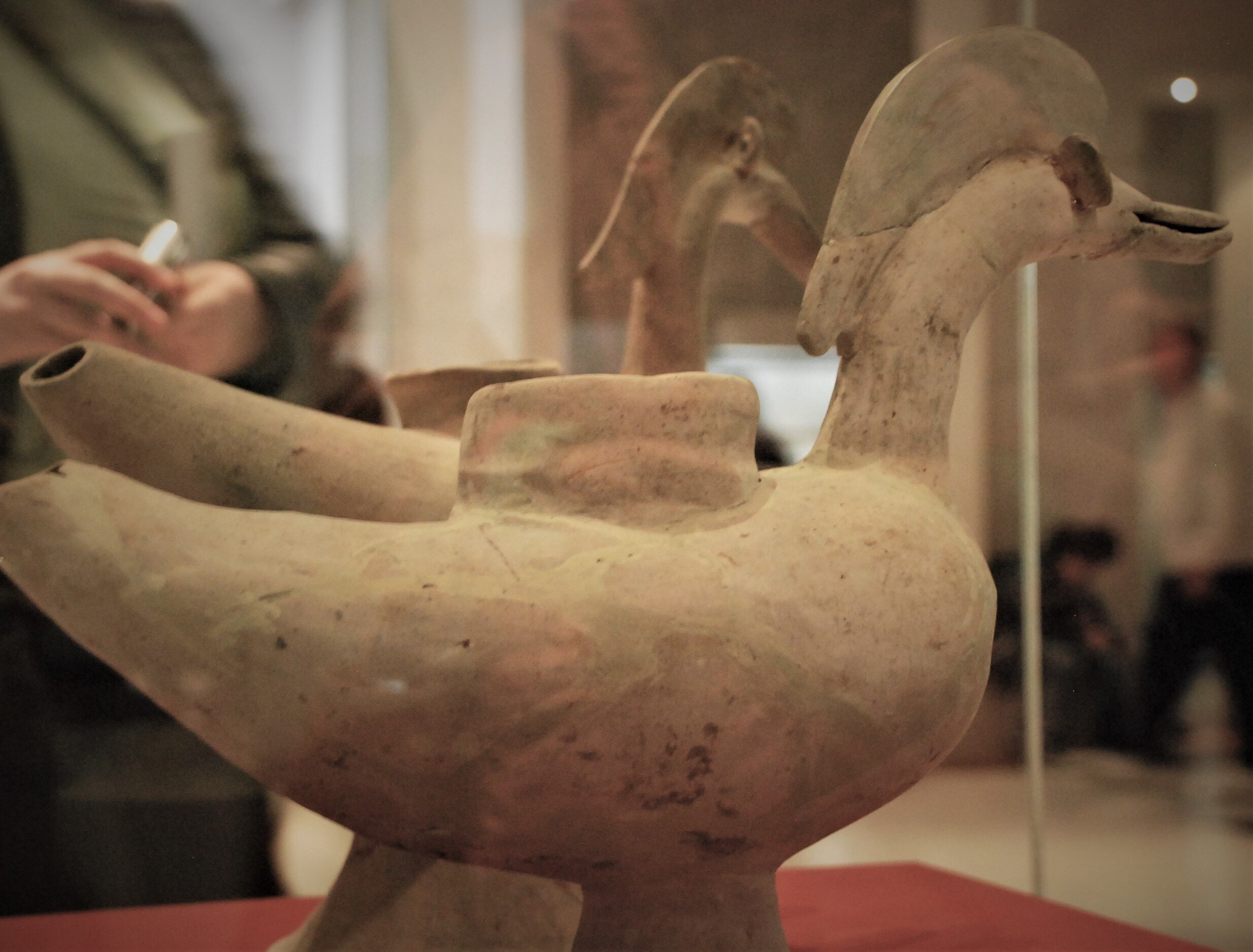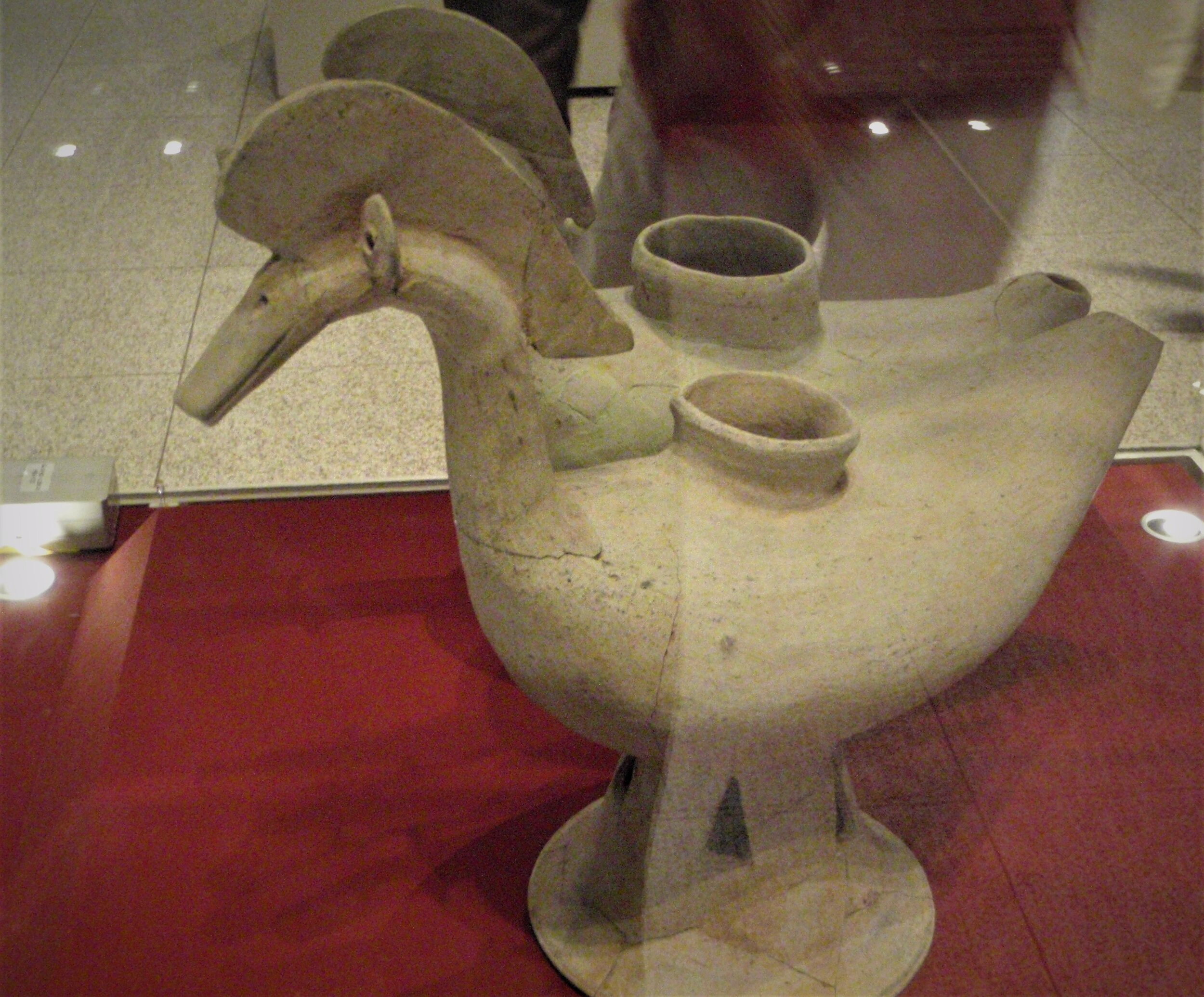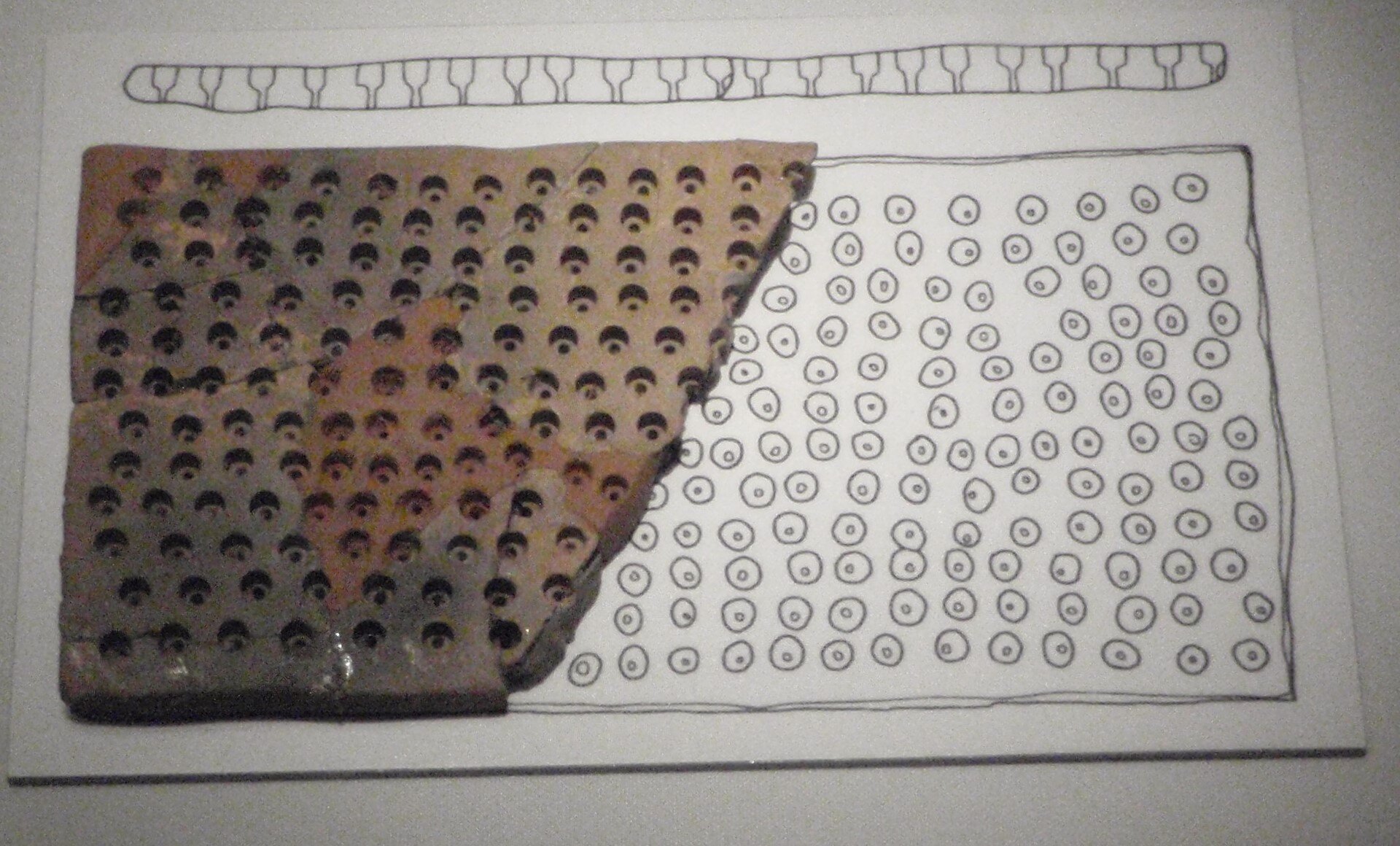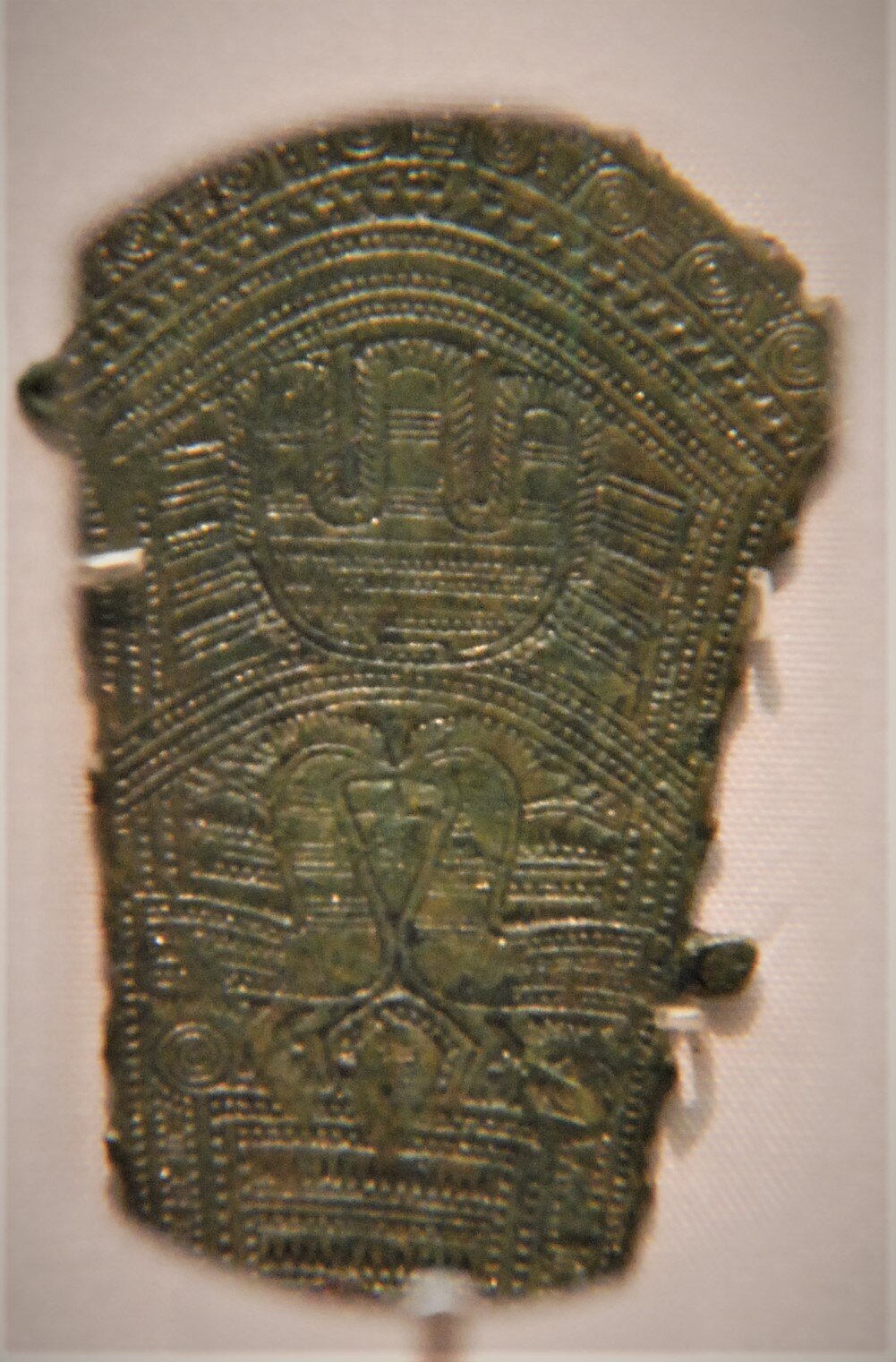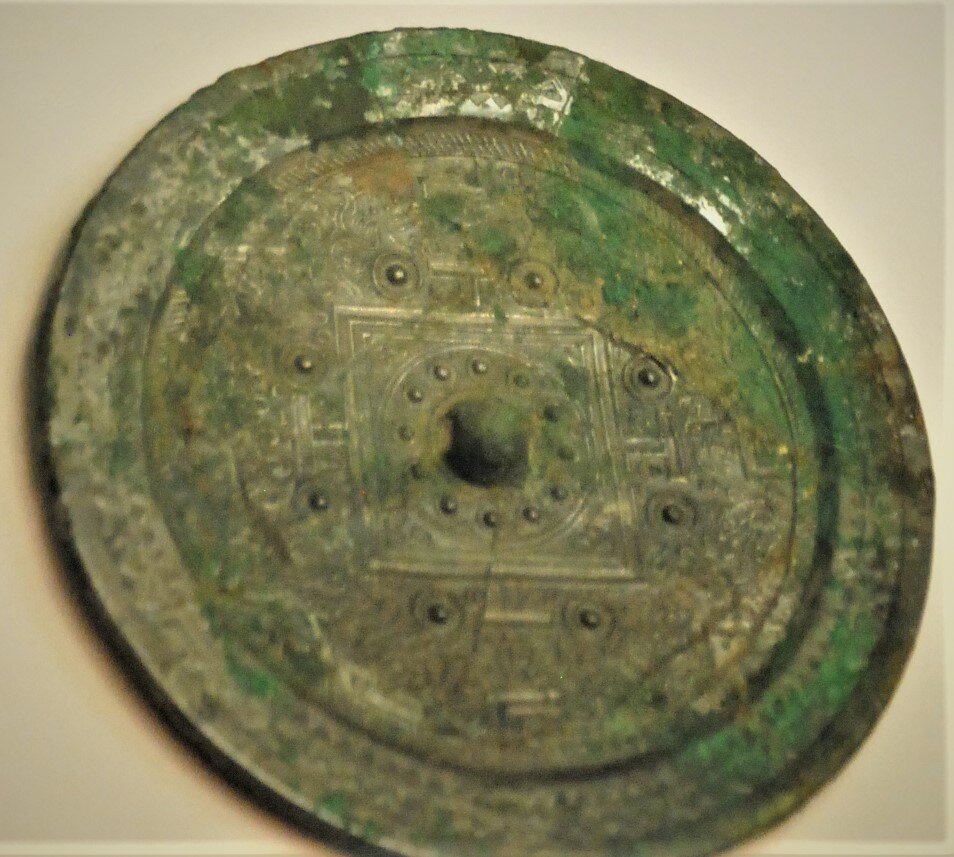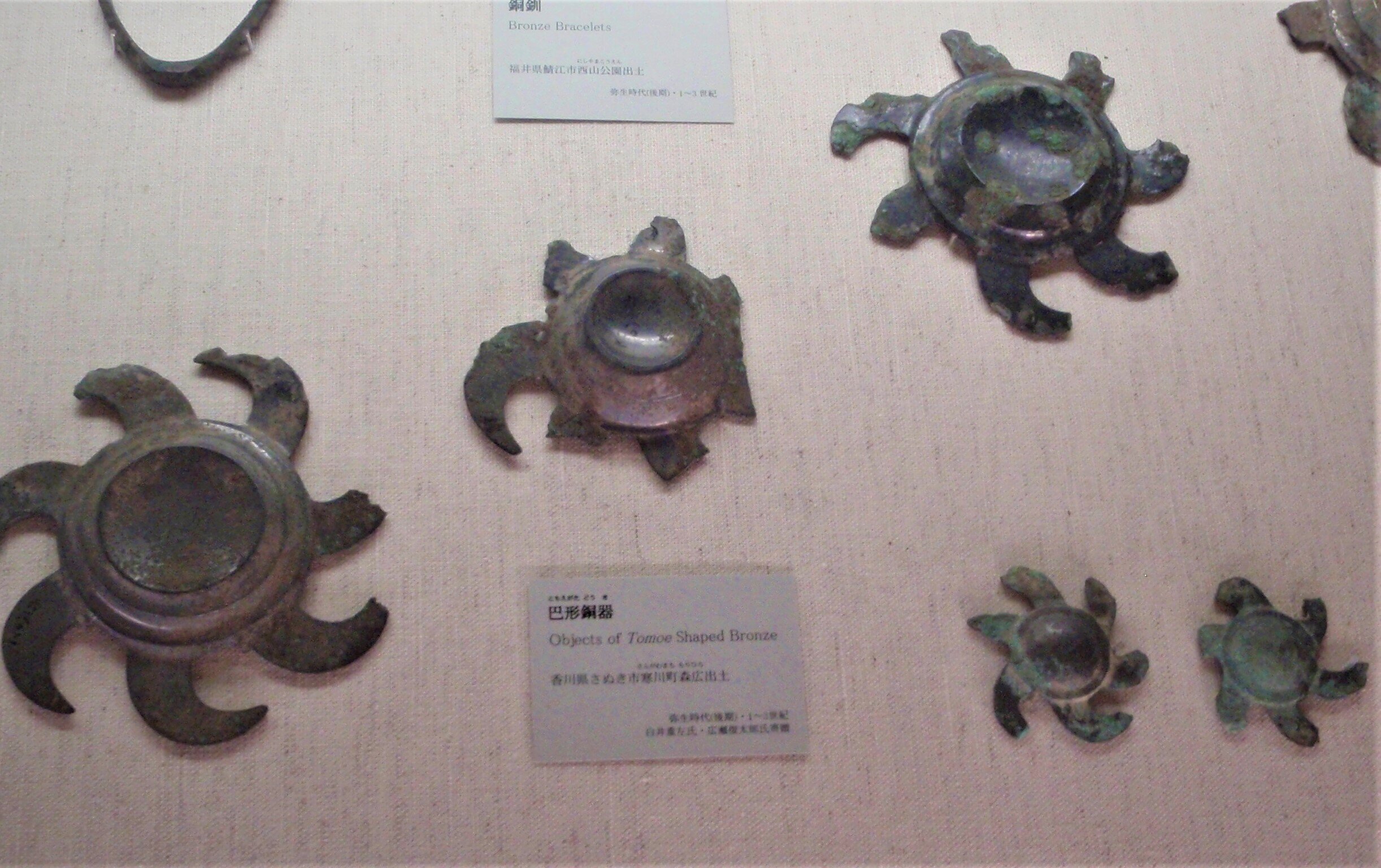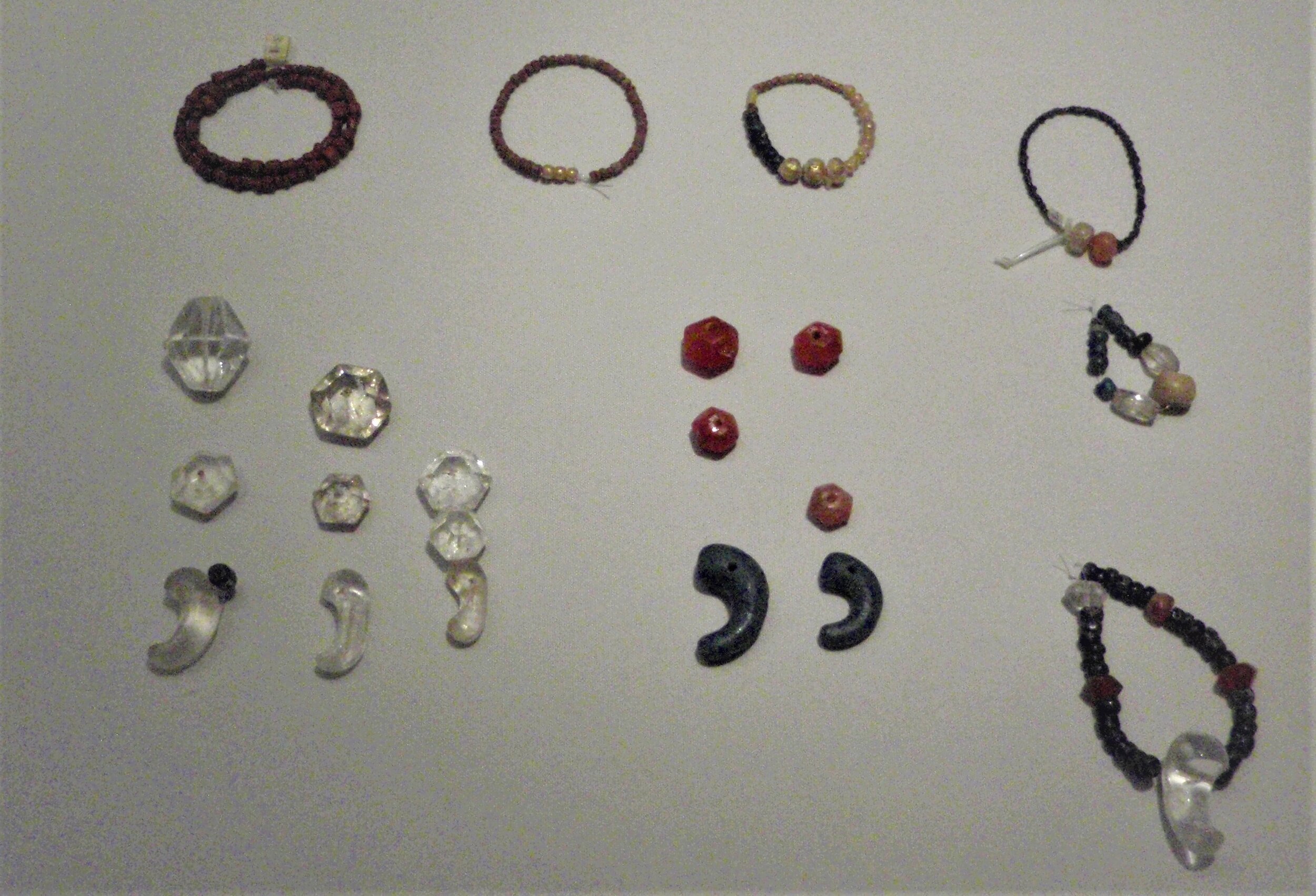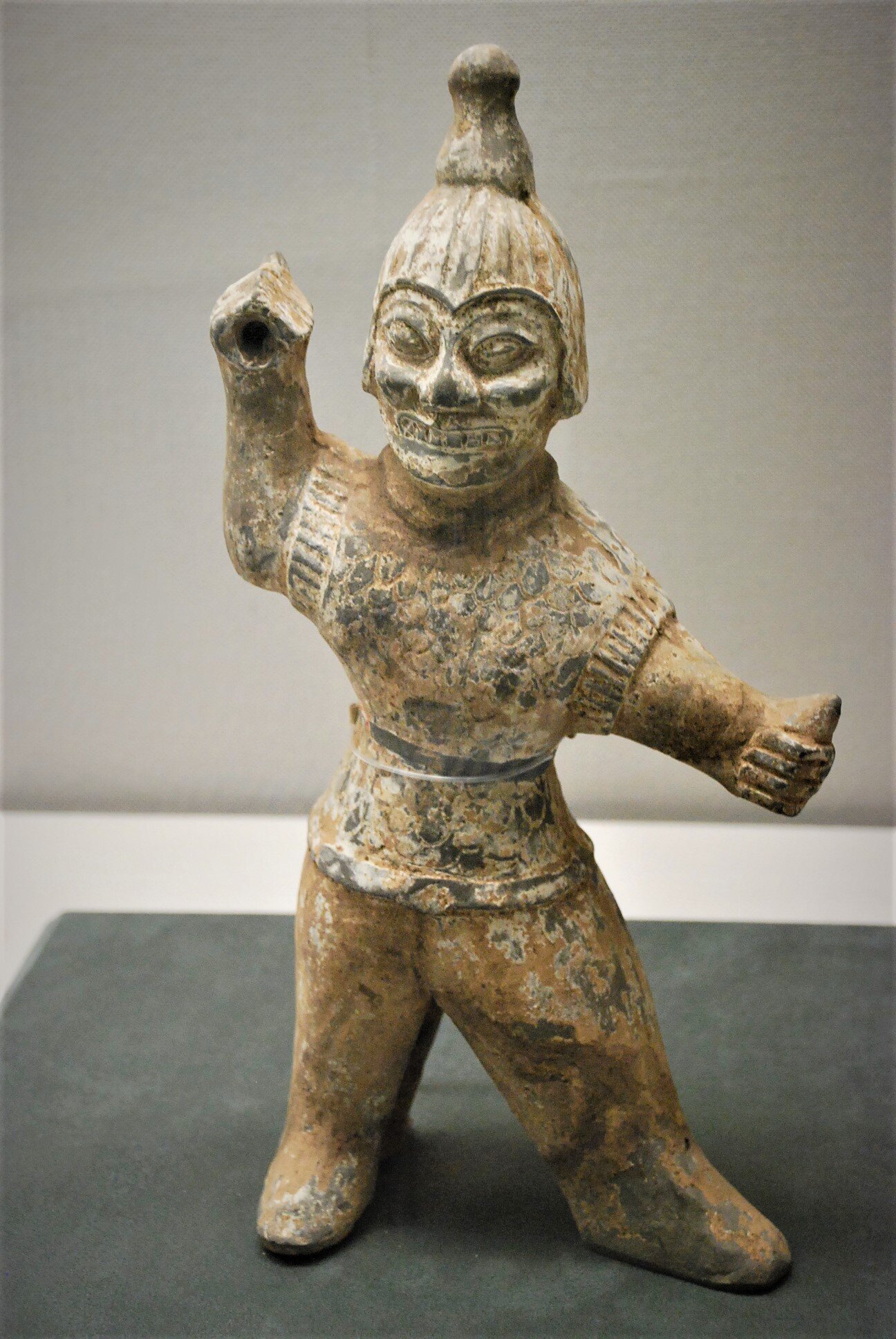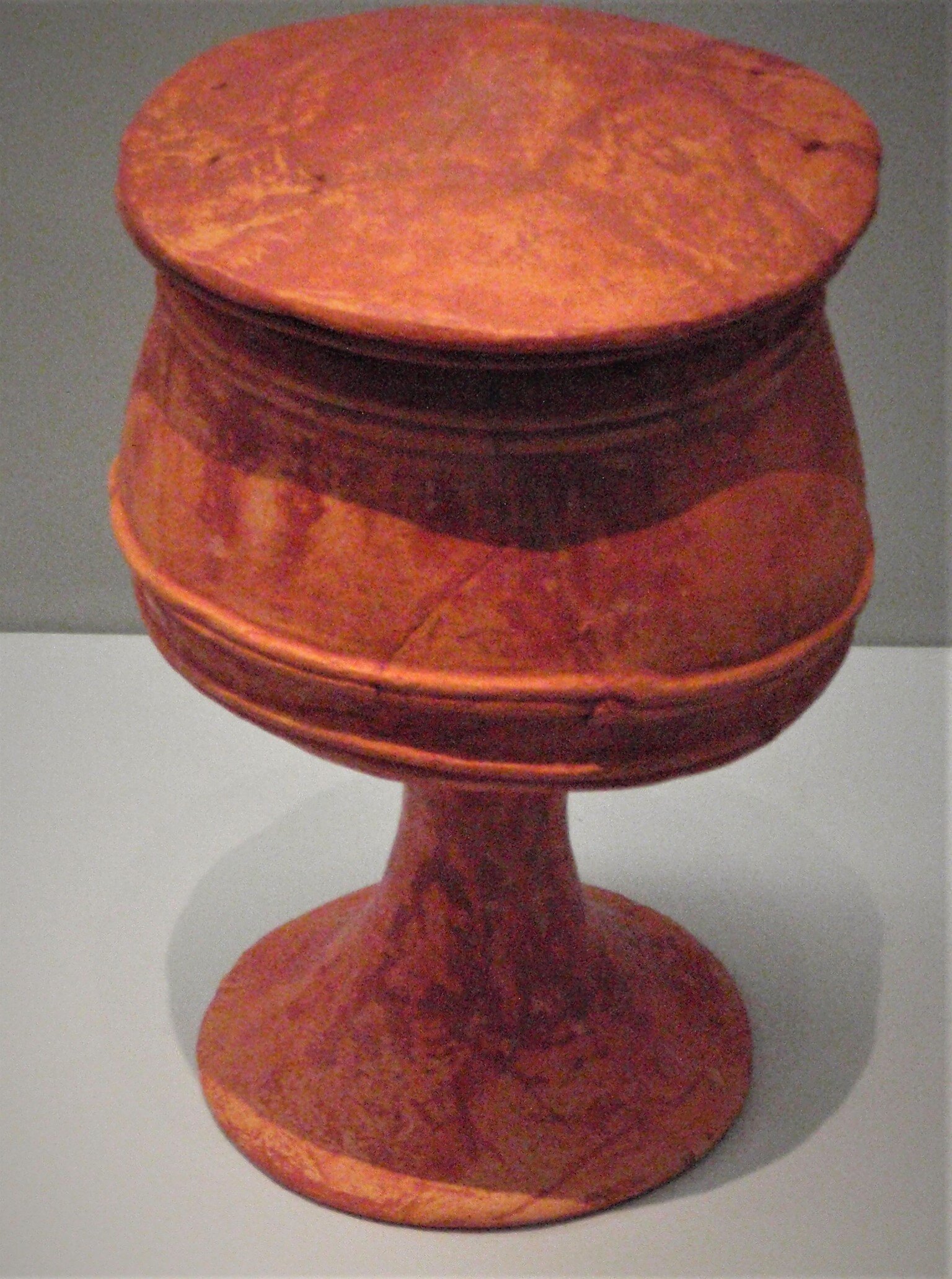Previous Episodes
- December 2025
- November 2025
- October 2025
- September 2025
- August 2025
- July 2025
- June 2025
- May 2025
- April 2025
- March 2025
- February 2025
- January 2025
- December 2024
- November 2024
- October 2024
- September 2024
- August 2024
- July 2024
- June 2024
- May 2024
- April 2024
- March 2024
- February 2024
- January 2024
- December 2023
- November 2023
- October 2023
- September 2023
- August 2023
- July 2023
- June 2023
- May 2023
- April 2023
- March 2023
- February 2023
- January 2023
- December 2022
- November 2022
- October 2022
- September 2022
- August 2022
- July 2022
- June 2022
- May 2022
- April 2022
- March 2022
- February 2022
- January 2022
- December 2021
- November 2021
- October 2021
- September 2021
- August 2021
- July 2021
- June 2021
- May 2021
- April 2021
- March 2021
- February 2021
- January 2021
- December 2020
- November 2020
- October 2020
- September 2020
- August 2020
- July 2020
- June 2020
- May 2020
- April 2020
- March 2020
- February 2020
- January 2020
- December 2019
- November 2019
- October 2019
- September 2019
This episode we are talking about Shakyamuni, the Historical Buddha, as we start a multi-episode look at Buddhism and how it came to the Japanese archipelago, as well as what it changed.
Who’s Who
SiddhartHa Gautama
The “Historical Buddha”. Believed to have been born around the 6th century CE, Siddhartha Gautama was born to the Shakya clan and became known as Shakymuni (sage of the Shakyas) and given the title of “Buddha”, or “Awakened One”. Buddhists believe that Siddhartha became awakened to the truths of existence and helped define a way to escape the suffering that exists in the mortal plane.
Ashoka the Great
A ruler on the Indian subcontinent around the 3rd century BCE who helped patronize Buddhism. While some histories claim that he completely converted to Buddhism to the exclusion of all else, there is evidence that he patronized multiple religions, though it is clear that Buddhist concepts entered into his lexicon in the form of his various edicts, which are found in inscriptions across his empire.
Buddhist Concepts
Tripitaka
Tri = Three and Pitaka = Basket, so this is literally “three baskets”. This describes the three groups of canonical Buddhist texts. There are the Sutras (Sutta Pitaka), the Vinaya (Vinaya Pitaka), and the Abhidharma (Abhidharma Pitaka).
Sutra
A document that describes the teachings of the historical Buddha, aka Shakyamuni. It includes recollections of his sermons and what he taught. Later there would be other Sutras that likewise claim to be canonical, but would not all be accepted as truth.
Vinaya
The written precepts for laypersons and monks. There are different lists, but they tend to have similar admonitions.
Abhidharma
Other writings about the teachings of the Buddha. These are not necessarily the actual teachings so much as scholarly discussion
Jataka Tales
While not necessarily canonical, these are stories about the previous lives of the Buddha.
The Three Jewels
The Buddha, the Dharma, and the Sangha
Buddha
“Awakened One”. Technically it can describe anyone who has achieved an enlightened state, but it often refers to the historical Buddha, Shakyamuni.
Dharma
The teachings of the Buddha.
Sangha
The community of believers.
The Four Sights
Four encounters that Siddhartha Gautama had that led him to seek a solution to human suffering. These were encounters with a person experiencing old age, disease, and even a dead body, along with encountering a wandering ascetic.
-
Welcome to Sengoku Daimyo’s Chronicles of Japan. My name is Joshua, and this is Episode 83: Shakyamuni, aka the Historical Buddha.
First a quick note—it has been brought to my attention that some of the episodes are out of order, particularly the older episodes. I’m going to try to fix that. It probably has to do with a decision I made about a year or so in to not worry about the “season” number, since this isn’t exactly a “seasonal” show. But if some episodes are marked as “Season 1” then they likely show up differently. I’ll probably see if I can’t just remove the “Season” number from all of the episodes and hopefully that will fix it.
Last episode we talked about the happenings over on the Korean Peninsula during the reign of Ame Kunioshi, aka Kimmei Tennou, and it wasn’t looking very good for Yamato and their allies. Over the course of the last several decades in our story the kingdom of Silla rose to power, brokered a deal with Baekje, and then ended up eating up all of the smaller polities that sat between them, including Nimna, Kara, and whatever else was there.
A Baekje-Yamato alliance attempted to put the brakes on Silla’s ambitions, but despite some major offensives they were thwarted time and again. Overall, it seems rather a bleak outlook for Yamato, but there were several things going for it. For one thing, with their close relationship with Baekje, Yamato was getting a plethora of new ideas—from how to govern to the subject of our current episode: religion.
That’s right, if you didn’t figure it out from the title, we are finally going to talk about Buddhism.
The Buddhist religion and its accompanying institutions have played a huge role in the development of Japan and Japanese culture, and so we are going to want to understand something about this and where it came from, and the journey it took to get to the islands.
And to start with, let’s go back to the very beginning, of what Buddhism actually is.
Now this isn’t going to be an in depth history of Buddhism, but I am going to try to hit the high points so that we have some context for things we’ll see later on. It should also be noted that, while the core of the religion remained the same, specific beliefs and practices were not always universal across all people and at all times. Also, not everyone believes in exactly the same things, and as an outsider I’m going to do my best, but this will probably be more at the level of a Wiki article than a scholarly treatise. If you are interested in more, I highly recommend looking into what various scholars have written.
Also, a lot of what I’m pulling from is Andrew Skilton’s book, “A Concise History of Buddhism”, mainly because I think it fits what we are trying to outline here, but I recognize that there other teachings and scholarly discussions. Still, I think most of what we talk about will probably be at an even higher level than that book gets into.
And that brings me to another thing that's important to say up front: when I say Buddhism, I'm not necessarily talking about Zen, or any particular sect, at least not right now - though Zen is Buddhism, or a school of Buddhism. Likewise you might also hear about Tendai, Shingon, or even Jodo, or Pure Land, Buddhism— those are all sects within Buddhism, and just some of the schools that made it to Japan, although a lot of them don't appear until after the time we’re currently in. The differences between these sects could be likened to the differences between Roman Catholicism and various Protestant groups—or even with the Orthodox church. While they have differences, they also have their similarities, and the core beliefs that make them all Buddhist.
As to why this is so important—Buddhism had a huge impact on the development of Japan. As we’ll talk about in a later episode, the adoption of Buddhism affected not just the philosophical thinking of the Japanese court, but had direct impacts that would bring about the end of what we consider the Kofun era. Furthermore, having at least a cursory understanding of Buddhism is going to be useful in understanding some of the ways people thought about the world they inhabited.
Finally: I am probably going to butcher the pronunciation on a lot of Buddhist terms, but I will do my best. Where possible I may preference the Japanese terms, both because they are more familiar to me, but also because that is how most of us will encounter them in the context of Japanese history.
Buddhism gets its name from the fact that it promulgates the teachings of the Buddha, the Enlightened One, and while various people are believed to have attained this enlightened state over the course of human history, we usually are referring to the individual known to us as the Historical Buddha, also known to us as Siddartha Gautama.
Tradition holds that Siddartha was the son of one of the elites of the Shakya clan—later this would translate into the term “Prince”, though some think that term may not be quite accurate. Still he was born into power and privilege, at the height of his society; later this would translate into him being considered a member of the Kshatriya warrior class. His birthplace is thought to be located in “Lumbini”, at the foothills of the Himalayan mountains, in modern Tibet, in the 6th century BCE. Some traditions put the year of his birth at about 566 BCE, though there are those that suggest a later date, even into the 5th century.
From a young age, we are told that Siddartha was protected from much of the outside world, living a life of luxury, and unaware of the poverty and suffering that went on outside of the palace walls. You see, a seer had predicted that he would be destined to lead an empire—either political or spiritual. And so his father did everything he could to ensure that Siddartha would aspire to the political. Even though his mother had died when he was young, Siddartha was largely insulated from any suffering until his teenage years, and he was even provided a young wife, Yashodhara, by the time he was sixteen years old—which probably wasn’t that young, back in those days.
It was as a young man, in his late twenties, traveling about the land in a carriage, that Siddhartha saw four sights that suddenly set his mind on a different path. First, he saw an old man, and in asking about him, it occurred to him that old age and infirmity were the inevitable outcome of life; there is no escaping it. Likewise he encountered people suffering from disease and even death, in the form of a dead body. All of this forced him to confront the fact that suffering is a part of life here on the mortal plane. Finally, he encountered a wandering ascetic, which got him to thinking about spiritual matters, and that perhaps there must be a better way—a solution to all of this suffering.
As he contemplated what to do, he was suddenly graced with what should have been wonderful news: his wife had just given birth to a son. However, to Siddhartha, he saw this child as simply one more thing that was keeping him from going out and seeking answers to the problems he saw. The comfort of his life, the social obligations, the privileges he had were all metaphorical chains, keeping him from going out really trying to answer the questions he had.
And so, at the age of 29, he absconded himself. He left his wife and child. He left the power and prestige and worldly possessions he had inherited from his family, and he went out to seek answers and to find out how to put an end to suffering.
To do this, he sought out teachers, one after the other, learned what they had to teach, found himself at the end of what they could give him, and moved on. These teachers provided various meditation techniques, which helped, perhaps, to ease or even forget the pain and suffering of existence, but the pain and suffering were still there, nonetheless.
It should be noted that a core belief at this time was in the concept of reincarnation. The idea that, based on your karmic balance, that is the difference between the good and evil that you did, here in the world, you would be reborn after death into a new body and a new life. If you did well, then you would be born higher up the ladder of existence, perhaps into a better caste or more. But if you committed sins and evil acts then you would find yourself born further down the ladder of existence, perhaps even as an animal or an insect.
The problem, as Siddartha saw it, was that all of this just meant you kept going back through the same things over and over again, coming back into the world, and once more experiencing suffering. Even stories of the gods themselves tell of their wants and needs, and of their fighting, suffering, and even dying. As long as one stayed on the wheel of life and death, suffering would be inevitable, and you’d always come back around to it.
He sought out answers in some of the extreme forms of asceticism. Holding his breath for long periods. Starving himself. These were meant to bring on a state wherein he hoped he would find the answers. Eventually, though, he spurned these techniques as well, claiming they were dangerous and unnecessary.
He instead ate food in reasonable quantities, and found a form of meditation that felt natural. In other words, he sought out a path between the extremes of hedonistic overindulgence and severe deprivation—a Middle Way, one might say. Practicing this tempered form of existence, he meditated under a tree, and it was there that Siddartha Gautama achieved an awakening, or enlightenment.
He could see the world for what it truly was, and gained profound insight into our condition. This is how he became known as Buddha, or “the one who has awoken”, to quote Andrew Skilton. He was only 35 years old—he had been studying for 6 years to this point, when he finally found the answers he was looking for.
Quick side note right here: For many, “Buddha” is not a single person or individual. People may talk about the historical Buddha to refer to Siddhartha Gautama, but technically “Buddha” is a title for anyone who has awakened to the truths of the universe. Buddhist traditions would come to define various people who had attained this enlightened state, though Siddhartha Gautama is generally considered the most important for the current era.
Siddhartha Gautama spent the next forty-five years or so of his life wandering the land and teaching his Middle Way to anyone who would listen. He initially spent time teaching in the area of the Bodhi Tree, where he had first experienced his revelation, and this area is known to us as Bodh Gaya. He later went to a deer park in the area of Rshipatana, where five of the ascetics whom he used to hang out with were gathered.
These ascetics had known Siddhartha when they were all practicing extreme deprivation together. They had come to see him as a teacher, but turned from him when he spurned his own attainments and started on his Middle Path. It took some initial convincing, but Siddhartha was eventually able to convince them and bring them around.
From five, Siddhartha’s disciples soon grew to 60, and he sent them out across the land to share his teachings with the people. His community of followers—known as his Sangha—continued to grow. As for Siddhartha himself, he seems to have focused much of his time on urban centers, with much of the last 20 to 25 years spent weathering the rainy monsoon seasons in the city of Sravasti.
When he was 80 years old, Siddhartha grew seriously ill, possibly from something he ate. Realizing his own state, it is said that he predicted his death in three days, and he passed away among a grove of trees. Seven days later, his remains were cremated, and, much as with holy men everywhere, bone and teeth left over from the cremation were distributed as relics. Tradition holds that ten relics went to ten rulers for burial under stupas, or memorial mounds, as a tribute to Siddhartha Gautama, the Buddha.
After his death, his disciples continued to grow the community, or Sangha, and spread the word. The life and teachings of the Buddha were written down in various documents and these were copied into different languages.
In about the 3rd century BCE, Buddhism gained a powerful patron in the form of Ashoka. No, not the Togruta jedi, Ahsoka Tano, but the Mauryan king, Ashoka the Great. Much of what comes down to us about Ashoka is as likely legend as fact, but we do know some things for certain because Ashoka left his own words carved in stone across his kingdom. Many of these mention Buddhist ideas and concepts and even identify key sites, such as the site of Lumbini, where Siddhartha Gautama was born.
At the same time, I would be remiss in not pointing out that it can be difficult to suss out just what Ashoka believed. He certainly patronized Buddhism, much as Constantine patronized Christianity, including calling councils together to help ensure Buddhist orthodoxy, but it also can be read as a form of propaganda, utilizing Buddhist concepts to strengthen his own rule. We’ll see how later sovereigns would use similar tactics to lay claim to being a Buddhist sovereign, as well.
Whatever his motivations, the pillars and inscriptions left from the 3rd century BCE provide us some of the first instances of the term “Buddha”, as well as another name, “Shakyamuni”, the “Sage of the Shakyas”; the “Shakyas” being Siddhartha’s own people.
So with the patronage of Ashoka the Great, the influence of Buddhism spread. But what was it?
Well, what we know is what was passed down, first as oral tradition, and later written down.
First of all, all things in existence are impermanent. That is they come and go. People live and they die. Even we change, moment from moment, nothing is truly static in this world—even if it were to last for thousands and thousands of years.
Then there is suffering—the bane of humankind’s existence. However, it is also inescapable, at least in this life. Describing suffering, and his solution to it, Siddhartha, aka Shakyamuni, revealed the Four Noble Truths, which are at the heart of Buddhist teaching. They are, roughly:
· Suffering is an innate characteristic of existence. Even the greatest pleasure eventually fades, leaving longing in its wake. No matter how many times you go round the wheel of life and death, you cannot escape it.
· Suffering arises because of our desires. From our material wants and needs to simply our desire to not be hungry or cold.
· Ending our attachment can help us put an end to suffering.
· To put an end to desire, and thus to suffering, one should follow the Eightfold Path.
So the four noble truths are something like a diagnosis of the human condition and then a potential solution. By the way, notice the numbers four and eight—just as Christianity tends to find particular value in the number seven (seven deadly sins, seven heavenly virtues, etc.) and 12 (Jesus and the 12 Apostles), Buddhism finds particular significant in the number eight, and, to some degree, the number four, although that would clash in some areas of East Asia, where the word for “four” sounded like the word for death.
And that eight is found in Shakyamuni’s recipe for how to end suffering:
Right understanding
Right resolve
Right speech
Right action
Right livelihood
Right effort
Right mindfulness
Right concentration
These are all individual actions for someone to strive to achieve, but they are also pretty vague. After all, what is “Right Understanding” or “Right Resolve”? That feels kind of like giving someone directions by saying “take the right road and you’ll get to where you want to go”.
Indeed, Buddhism therefore offers various precepts for how to live your life in accordance with the eightfold path. There are precepts for the lay person and precepts for monks and nuns. These include the requirement to avoid taking a life, stealing, sexual misconduct, lying, and even harsh, frivolous, or senseless speech. There are also positive admonitions, such as to cultivate loving kindness and speech that is truthful, kindly, helpful, etc. There are different lists of these precepts, but they generally include the same things.
On top of this were the rules for monks, including such things as fasting after midday; no singing or dancing; no garlands, scent, or adornments; no luxurious beds; and a vow of poverty—no accepting gold or silver, the coin of the day.
Besides following the precepts, there were various teachings and practices that monks and lay persons can follow. Most common are various techniques of meditation, meant to help open the mind to see beyond the surface of what we can perceive with our eyes and our ears and to transform one’s consciousness.
All of this was geared towards the eventual attainment of a state of enlightenment, and eventually, nirvana. Contrary to many popular portrayals, though, nirvana is not some kind of heavenly existence. After all, any existence in this plane, at least as we know it, was still suffering. Instead, to attain nirvana meant to escape the cycle of death and rebirth entirely. How and what that looks like may vary depending on your interpretation, but that is generally agreed upon as the ultimate goal of Buddhist practice.
This does not mean that there was not a concept of a heaven or a hell in Buddhism. While some have suggested that much of Buddhism and Buddhist practice is philosophical in nature, or geared more towards mindful practice, it is also steeped in certain cosmological views of the universe, and greatly influenced by the beliefs in the Indian subcontinent. Gods and demons, however, were simply different orders of existence, and even gods and demons could seek their own escape from suffering if they chose to do so.
It appears as though Buddhism was originally passed down as an oral tradition amongst the community of Shakyamuni’s followers. Eventually this was written down in texts, describing Buddhism for those who came later. The canonical texts that outline the Dharma, that is to say the teachings of the historical Buddha, are known as sutras. They contain the actual words of the historical Buddha, or so it is believed, and the core of his teachings.
Then there are the Vinaya, which are those writings about the community, or Sangha, and the rules for the community and for various monks. These came about as the community grew, and various Buddhists in different areas, without access to the direct disciples of the Buddha themselves, started to vary in their practices. As such, the Vinaya texts were written to try to give some shared reference material.
Finally, there are the Abhidharma texts, which are further writings about the teachings, generally with a more scholarly bent. They elaborate upon what is found in the sutras, but are not considered the actual teachings of the historical Buddha.
Together, these three classes of texts are known in the Buddhist tradition as the Tripitaka, or three baskets, with any canonical text generally falling into one of the three descriptions.
I’ll note that it is unclear to me just when these texts were written down. The oldest extant sutra fragments are from sometime between the 1st century BCE and the 3rd century CE, but some of the texts—particularly sutras and Abhidharma texts, were likely around much earlier. Various traditions make claims to when different texts were written, but it can be hard, sometimes, to discern fact from fiction.
There is also at least one other form of Buddhist literature which would be important in its spread, and that is the jataka tales. These are stories about the previous lives of the Buddha. Much like Aesop’s fables or the parables found in the Bible, these are stories that contain lessons and often help to break down or explain a particular point, but they are not necessarily the direct teachings of the Buddha himself.
The focus of the canon was to help define and preserve the Three Jewels of Buddhism: Memory of the Historical Buddha, Siddartha Gautama, aka the Shakyamuni Buddha; the Dharma, which is to say, his teachings, and the Sangha, or the community of followers.
Over time, things changed. Early on, Buddhist monks would wander much of the year, coming back together during the rainy seasons and then dispersing again. At various times they would call a council and come together and ensure they still held the same doctrines, though even with that, differences began to form. At first it was just over things like the rules of conduct, which might differ in one place or another. Eventually, though, different sutras began to appear here and there, claiming to describe different teachings of the Buddha. One such sutra is the Lotus Sutra, which claims to tell the story of what the Buddha taught after his last sermon. It claims that after most of the people had left, the Buddha began another discourse just for those who remained, and that became known as the Lotus sutra, one that many will likely have heard of. Other texts include the Heart Sutra and the Diamond Sutra.
Not everyone accepted these texts as factual and canonical scriptures, however. Particularly in the south, down to Sri Lanka, many of the Buddhist communities continued to focus on what they considered the orthodox canonical texts, while others began to incorporate these new sutras into their practice. Those sects that accepted the new sutras, which often focused on the concept of Boddhisatvas—individuals who had done all they needed to attain Buddhahood, but who had “remained” in this world to help shepherd and guide others—or on various tantric and spiritual techniques to attain Buddhahood for themselves, became known as the Mahayana, or Great Vehicle, sects. On the other hand, those sects that denied the authenticity of such sutras and which tried to keep to what they believed was the original tripitaka became known as Theravada Buddhism. Today, Theravada Buddhism tends to be more popular in Southeast Asia, in places like Myanmar, Thailand, and Laos, while Mahayana Buddhism tends to define many of the practices in Tibet, China, Korea, and Japan.
In addition to changes in what people considered doctrine, the nature of the Sangha and Buddhist worship changed as well. Over time, monasteries were set up as specific places where monks could settle down. This may have originally arisen from the places where they would gather during the monsoons, but they eventually became places where the monks themselves stayed, and where individuals might come to learn. In addition, there was a rise in the worship of holy relics, and many such settlements would have one or more stupas containing some form of holy relic that the people could pray to.
People also built statues depicting the Buddha and other figures from the stories. An entire school of how to depict various Buddhas and other figures came about, with specific hand gestures and postures imparting specific meaning to what was built. Traditions arose around how to build these temples and monasteries as well as to how to build the various statues and even to specific identifying features that would call out the Buddha, such as long fingers, drooping earlobes that had once held heavy and elaborate earrings, toes that were all the same length, et cetera. The features of Buddha images—especially the faces—would change in different areas. Much as Jesus is often depicted as a white man, Buddha would typically be depicted with features similar to the people who were making the image. Still, certain aspects remain the same from one tradition to another such that they are all recognizable as the Buddha.
From Shakyamuni’s home south of the Himalayas, Buddhism would eventually spread, following the trade routes of the so-called Silk Road. Buddhist missionaries appear to have made contact with the Han dynasty, but it wasn’t until the Northern and Southern states period that it really took off. Likewise, it made its way to the Korean peninsula, and from there to Japan.
But those are all things to save for our next episode, when we take a look at just how this new religion grew and expanded and became so influential in the continent and eventually in the peninsula and the archipelago itself.
Until then, thank you for listening and for all of your support. If you like what we are doing, tell your friends and feel free to rate us wherever you listen to podcasts. If you feel the need to do more, and want to help us keep this going, we have information about how you can donate on Patreon or through our KoFi site, ko-fi.com/sengokudaimyo, or find the links over at our main website, SengokuDaimyo.com/Podcast, where we will have some more discussion on topics from this episode.
And that’s all for now. Thank you again, and I’ll see you next episode on Sengoku Daimyo’s Chronicles of Japan.
References
Best, J. (2006). A History of the Early Korean Kingdom of Paekche, together with an annotated translation of The Paekche Annals of the Samguk sagi. Cambridge (Massachusetts); London: Harvard University Asia Center. doi:10.2307/j.ctt1tg5q8p
Aston, W. G. (1972). Nihongi, chronicles of Japan from the earliest times to A.D. 697. London: Allen & Unwin. ISBN0-80480984-4
Skilton, Andrew (1994). A Concise HIstory of Buddhism. Barnes & Nobles Books, by arrangement with Windhorse Publications. ISBN 0-7607-4829-2.


